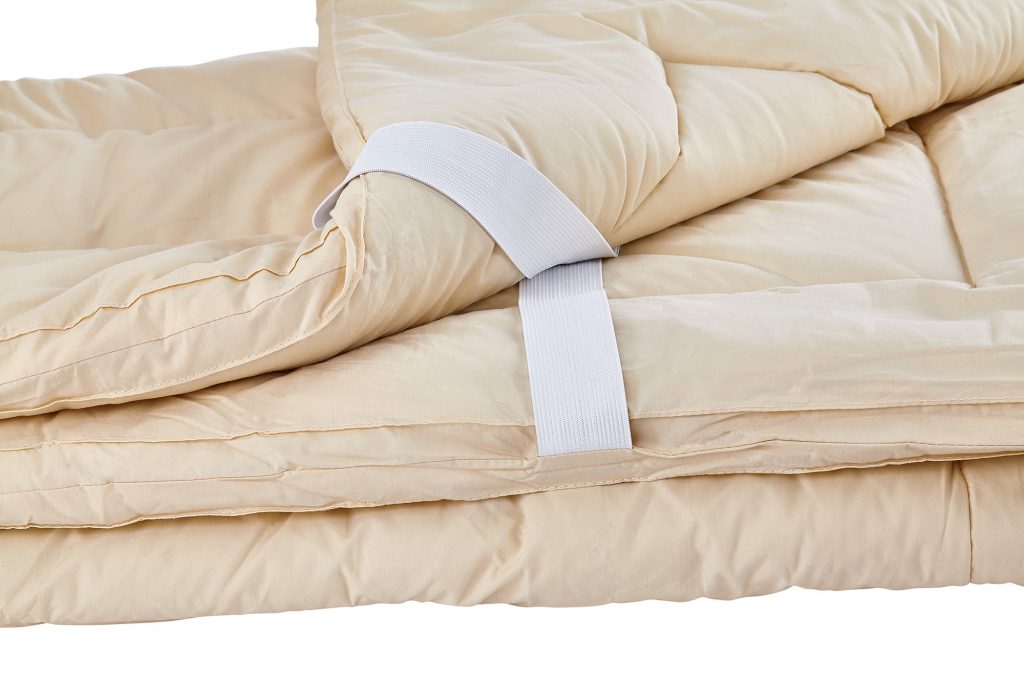What sets memory foam apart from other types of foam is its ability to conform to the shape of your body, providing personalized support and pressure relief. This is due to its unique viscoelastic properties, which allow it to respond to heat and pressure. As your body sinks into the mattress, the foam softens and molds to your curves, creating a cradling effect that helps alleviate aches and pains. In addition to its contouring abilities, memory foam is also known for its motion isolation properties. This means that if you have a partner who tosses and turns throughout the night, you won't be disturbed by their movements. Memory foam absorbs and minimizes motion transfer, allowing you to sleep peacefully without any disruptions.Features of Memory Foam
Not all memory foam is created equal. There are several different types of memory foam, each with its own unique characteristics and benefits. The most common types are traditional memory foam, gel memory foam, and plant-based memory foam. Traditional Memory Foam: This is the original type of memory foam, made from petroleum-based materials. It has a dense and slow-response feel, providing excellent contouring and pressure relief. However, it can retain heat and cause discomfort for hot sleepers. Gel Memory Foam: Gel memory foam features tiny gel beads mixed into the foam, which helps regulate temperature and prevent heat buildup. This makes it a great option for those who tend to sleep hot. It also offers the same contouring and support as traditional memory foam. Plant-Based Memory Foam: This type of memory foam is made from a blend of plant-based oils and petroleum-based materials. It has a more eco-friendly composition and is known for its breathability and cooling properties. Plant-based memory foam also has a faster response time, making it easier to move and change positions on the mattress.The Different Types of Memory Foam
While memory foam has many benefits, it may not be the best choice for everyone. Its contouring properties may not be suitable for those who prefer a firmer feel or need more support for back or stomach sleeping. Memory foam also has a unique sinking feeling that some people may not enjoy. Furthermore, if you're a hot sleeper, traditional memory foam may not be the best option as it tends to retain heat. In this case, gel or plant-based memory foam may be a better choice for you.Is Memory Foam Right for You?
When shopping for a memory foam mattress, there are a few factors to consider to ensure you get the best one for your needs. Here are some tips to keep in mind: Density: The density of memory foam is measured in pounds per cubic foot (PCF). The higher the density, the more durable and supportive the foam will be. For memory foam mattresses, a density of 4-5 PCF is considered high-quality. Thickness: Memory foam mattresses come in various thickness options, typically ranging from 8-12 inches. While thicker mattresses may provide more support, they can also be more expensive. A good rule of thumb is to choose a mattress that is at least 10 inches thick. Firmness: Memory foam mattresses come in different firmness levels, ranging from soft to extra firm. Determine your preferred level of firmness based on your sleeping position and personal preference.How to Choose the Right Memory Foam Mattress
While memory foam may be the most popular choice, there are other types of foam that are also commonly used in mattresses. Here are some other options to consider: Latex Foam: Made from the sap of rubber trees, latex foam is a natural and eco-friendly option. It is known for its resilience, durability, and breathability. However, it can be quite expensive compared to other types of foam. Polyurethane Foam: This is the most common type of foam used in mattresses. It is affordable, lightweight, and offers decent support. However, it may not be as durable as other types of foam and can break down over time. Gel Foam: Similar to gel memory foam, gel foam is made by mixing gel beads into the foam. It offers better temperature regulation and cooling properties compared to traditional memory foam. High-Density Foam: This type of foam is much firmer and more supportive than traditional memory foam. It is often used as a base layer in mattresses to provide a solid foundation. Low-Density Foam: Low-density foam is typically used as a comfort layer in mattresses to provide a soft and cushiony feel. However, it may not offer enough support for some sleepers. Open-Cell Foam: Open-cell foam is a type of memory foam that has tiny air pockets in its structure. This allows for better breathability and airflow, making it a good option for hot sleepers. Closed-Cell Foam: Closed-cell foam has a higher density and is more compact compared to open-cell foam. It is often used in mattresses for its durability and support. Viscoelastic Foam: Viscoelastic foam is another term used to describe memory foam. It refers to its unique properties of being both viscous (thick and sticky) and elastic (able to return to its original shape). Convoluted Foam: Convoluted foam, also known as egg crate foam, has a textured surface that resembles an egg carton. It is used as a comfort layer in mattresses to provide added cushioning and pressure relief.Other Types of Foam for Mattresses
Choosing the best type of foam for your mattress ultimately depends on your personal preferences and needs. Memory foam, with its unparalleled contouring and pressure relief, is a top choice for many sleepers. However, don't be afraid to explore other options to find the perfect mattress that will provide you with the comfort and support you need for a good night's sleep.The Verdict
The Best Type of Foam for Mattresses: A Comprehensive Guide

Why Choosing the Right Foam for Your Mattress Matters
 When it comes to buying a mattress, there are many factors to consider – size, firmness, and price, just to name a few. But one of the most important aspects of a good mattress is the
type of foam
used in its construction. After all, the foam is what provides the comfort and support for a good night's sleep.
But with so many different types of foam on the market, how do you know which one is the best for your mattress? In this article, we will delve into the
best type of foam for mattresses
and explore the benefits and drawbacks of each.
When it comes to buying a mattress, there are many factors to consider – size, firmness, and price, just to name a few. But one of the most important aspects of a good mattress is the
type of foam
used in its construction. After all, the foam is what provides the comfort and support for a good night's sleep.
But with so many different types of foam on the market, how do you know which one is the best for your mattress? In this article, we will delve into the
best type of foam for mattresses
and explore the benefits and drawbacks of each.
Memory Foam: The Most Popular Choice
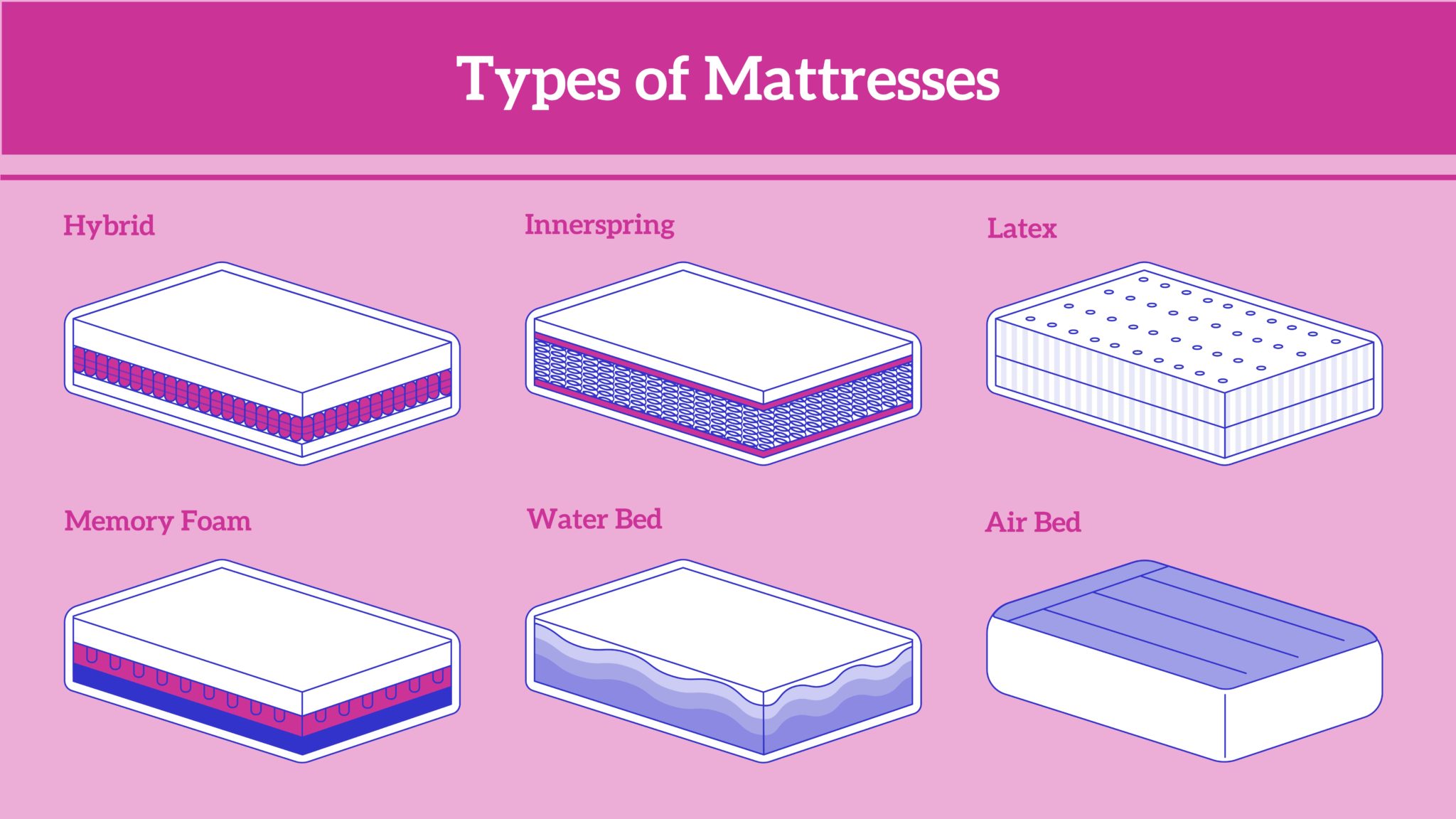 There's no denying that
memory foam
has become the go-to choice for many mattress buyers. This type of foam conforms to your body, providing a comfortable and supportive sleep surface. It also has the ability to distribute weight evenly, reducing pressure points and improving circulation.
But memory foam does have its downsides. It tends to retain heat, which can be uncomfortable for some sleepers. It also has a slow response time, which some people find difficult to adjust to. Additionally, it can have a chemical smell when first unpacked, known as off-gassing.
There's no denying that
memory foam
has become the go-to choice for many mattress buyers. This type of foam conforms to your body, providing a comfortable and supportive sleep surface. It also has the ability to distribute weight evenly, reducing pressure points and improving circulation.
But memory foam does have its downsides. It tends to retain heat, which can be uncomfortable for some sleepers. It also has a slow response time, which some people find difficult to adjust to. Additionally, it can have a chemical smell when first unpacked, known as off-gassing.
Latex Foam: A Natural Alternative
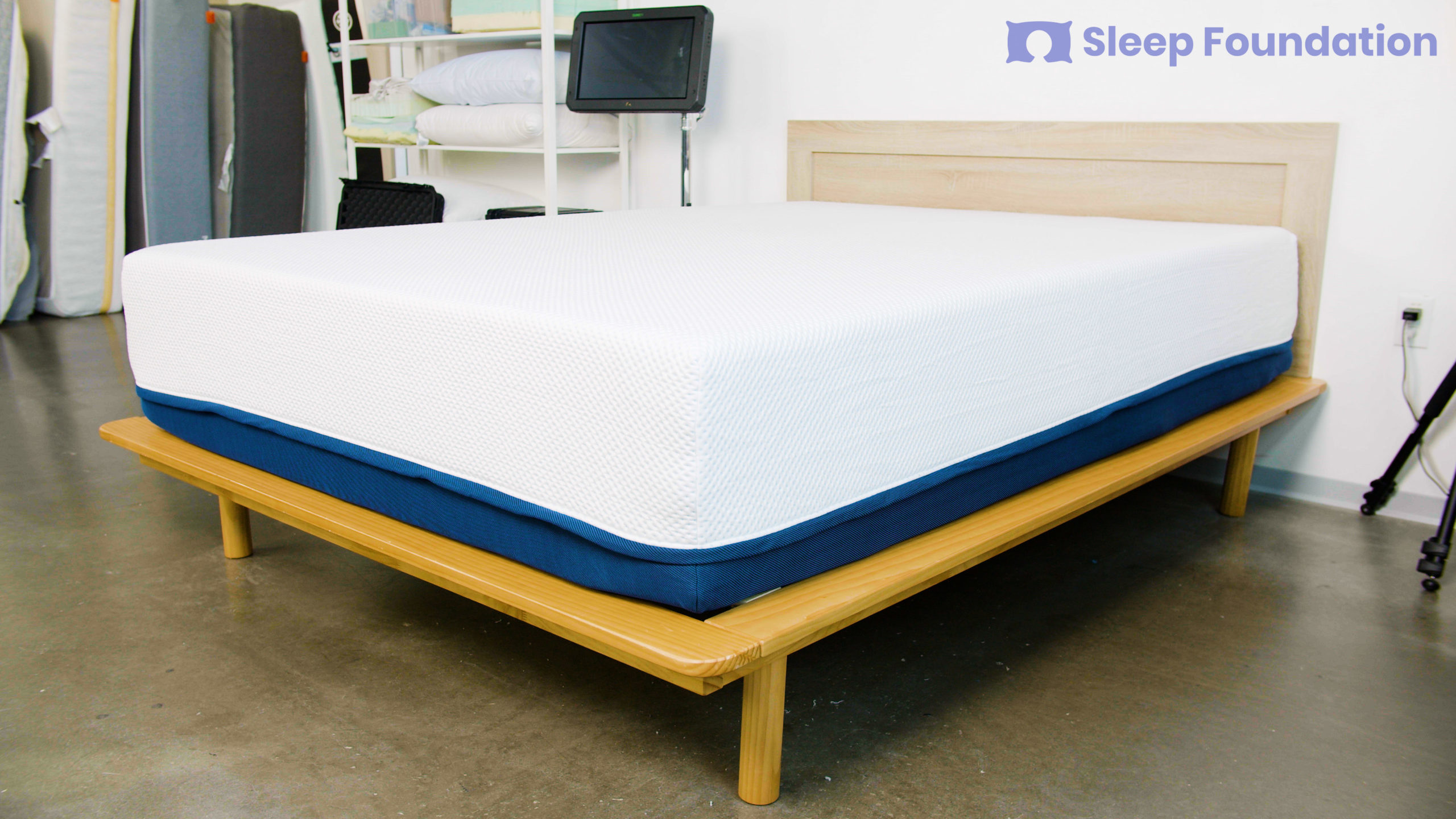 For those looking for a more natural option,
latex foam
is a great choice. Made from the sap of rubber trees, this type of foam is hypoallergenic and resistant to dust mites and mold. It also has a quicker response time than memory foam, making it easier to move around on.
However, latex foam can be quite expensive and may not provide the same level of contouring support as memory foam. It also tends to be heavier and can be difficult to maneuver when changing sheets.
For those looking for a more natural option,
latex foam
is a great choice. Made from the sap of rubber trees, this type of foam is hypoallergenic and resistant to dust mites and mold. It also has a quicker response time than memory foam, making it easier to move around on.
However, latex foam can be quite expensive and may not provide the same level of contouring support as memory foam. It also tends to be heavier and can be difficult to maneuver when changing sheets.
Hybrid Foam: The Best of Both Worlds
 For those who can't decide between memory foam and latex foam, there is a solution –
hybrid foam
. This type of foam combines the benefits of both memory and latex foam, providing contouring support and pressure relief, as well as bounce and responsiveness.
The downside is that hybrid foam mattresses can be quite expensive, but for some, the benefits outweigh the cost.
For those who can't decide between memory foam and latex foam, there is a solution –
hybrid foam
. This type of foam combines the benefits of both memory and latex foam, providing contouring support and pressure relief, as well as bounce and responsiveness.
The downside is that hybrid foam mattresses can be quite expensive, but for some, the benefits outweigh the cost.
Conclusion
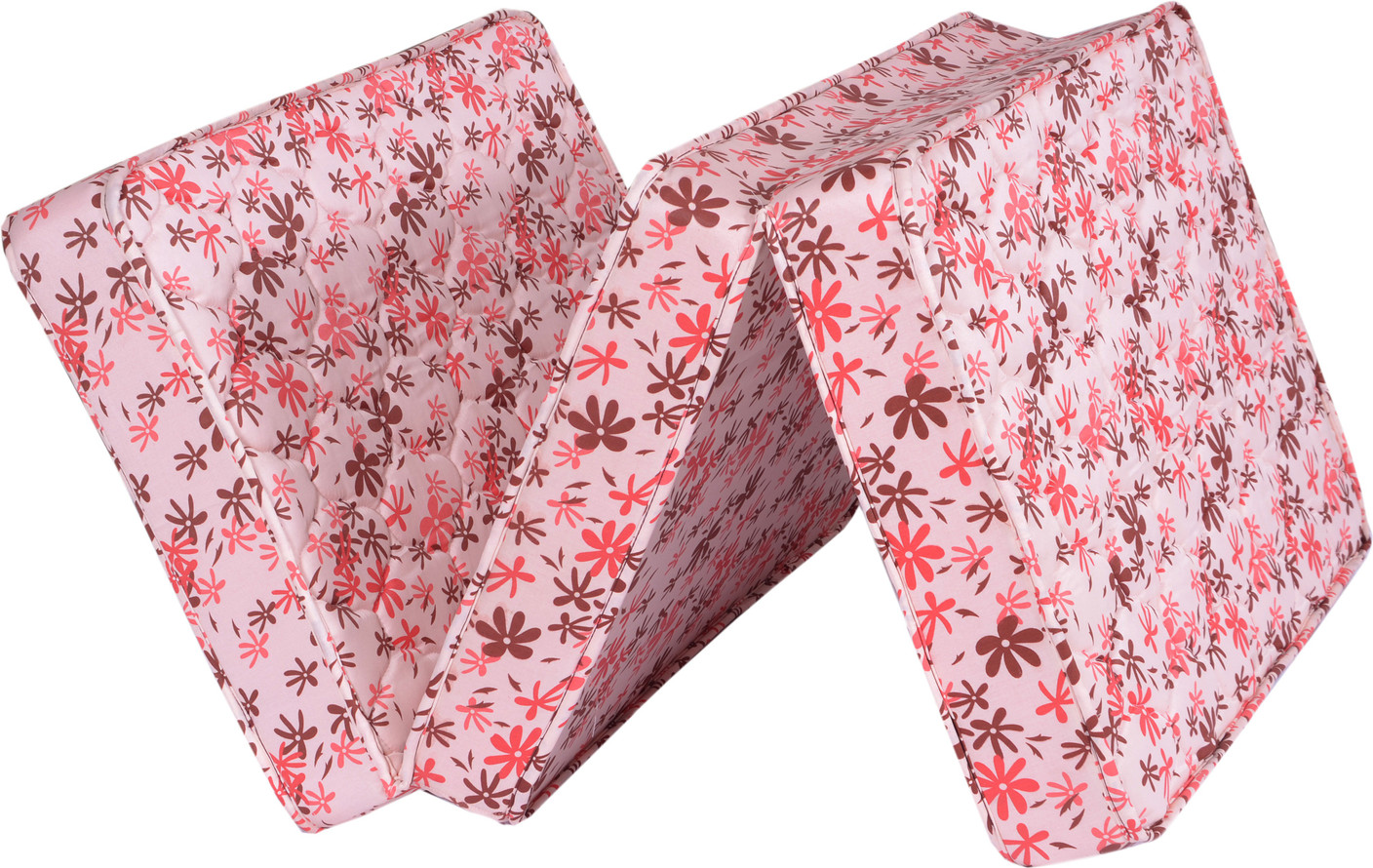 In conclusion, the
best type of foam for mattresses
depends on personal preference and budget. Memory foam is the most popular choice, offering superior support and pressure relief, while latex foam is a natural alternative with its own set of benefits. For those who want the best of both worlds, hybrid foam is a great option. Whichever type of foam you choose, make sure to do your research and try out different options to find the perfect fit for your needs.
In conclusion, the
best type of foam for mattresses
depends on personal preference and budget. Memory foam is the most popular choice, offering superior support and pressure relief, while latex foam is a natural alternative with its own set of benefits. For those who want the best of both worlds, hybrid foam is a great option. Whichever type of foam you choose, make sure to do your research and try out different options to find the perfect fit for your needs.

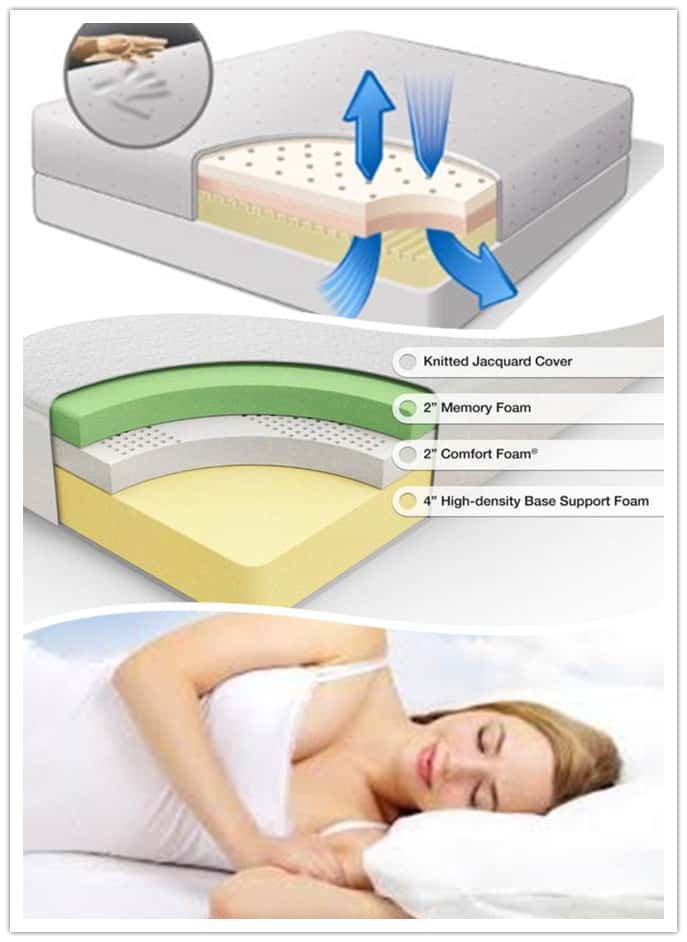




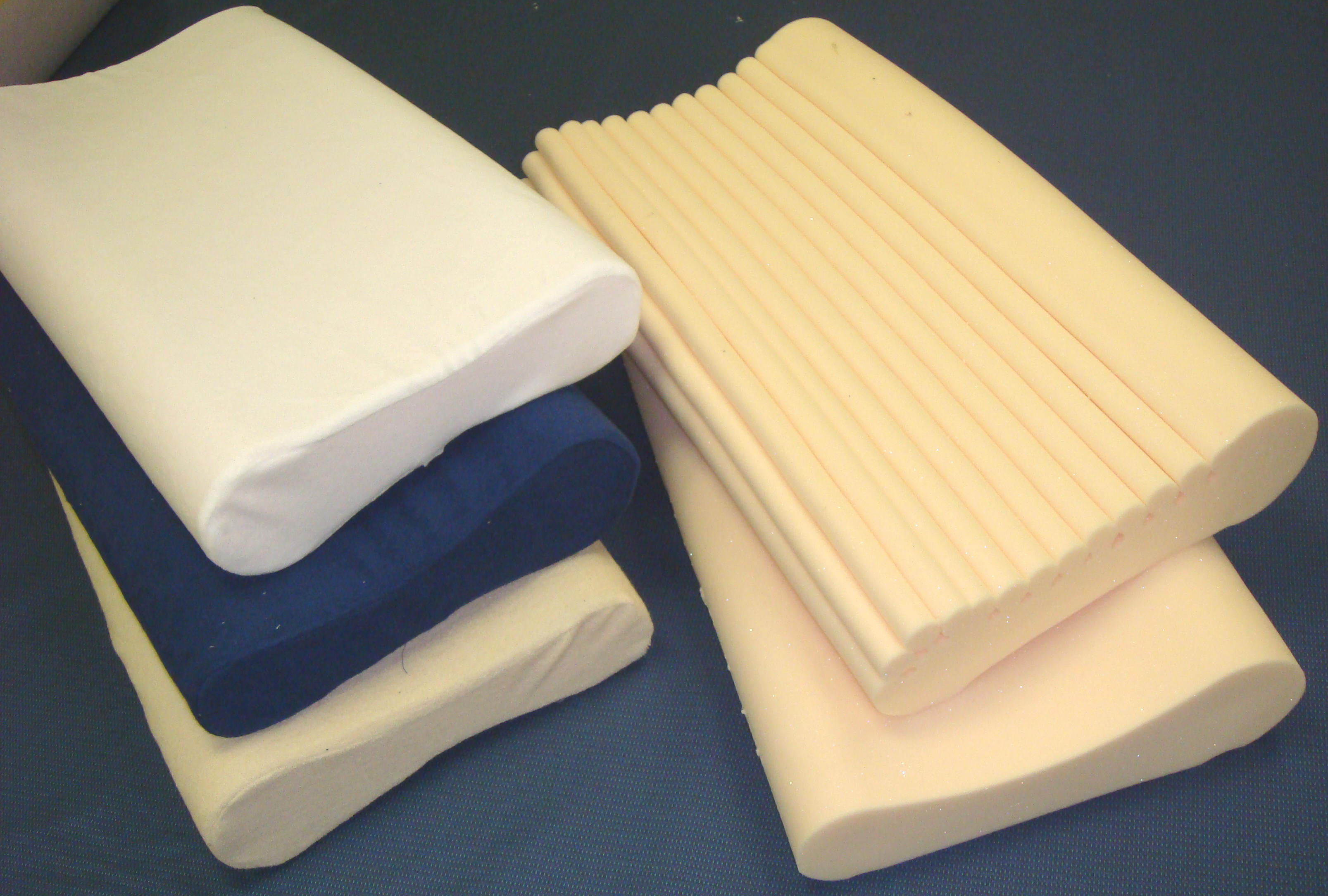
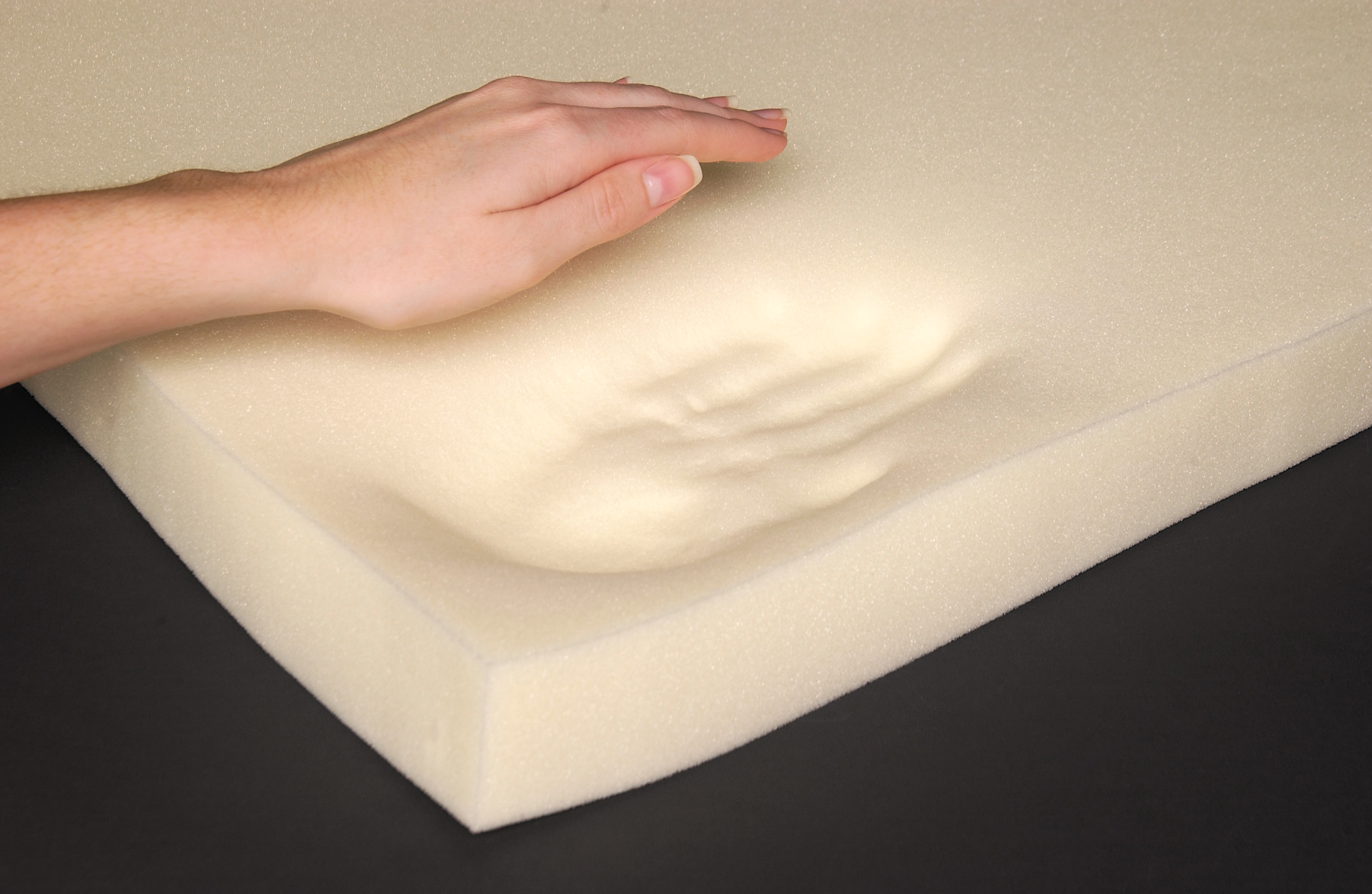
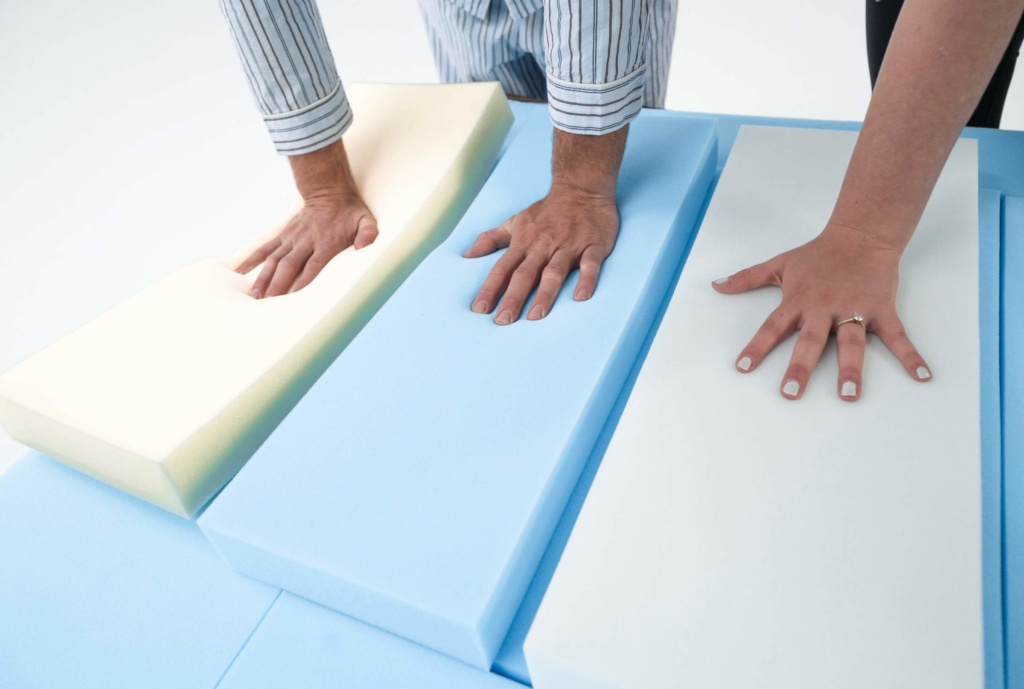
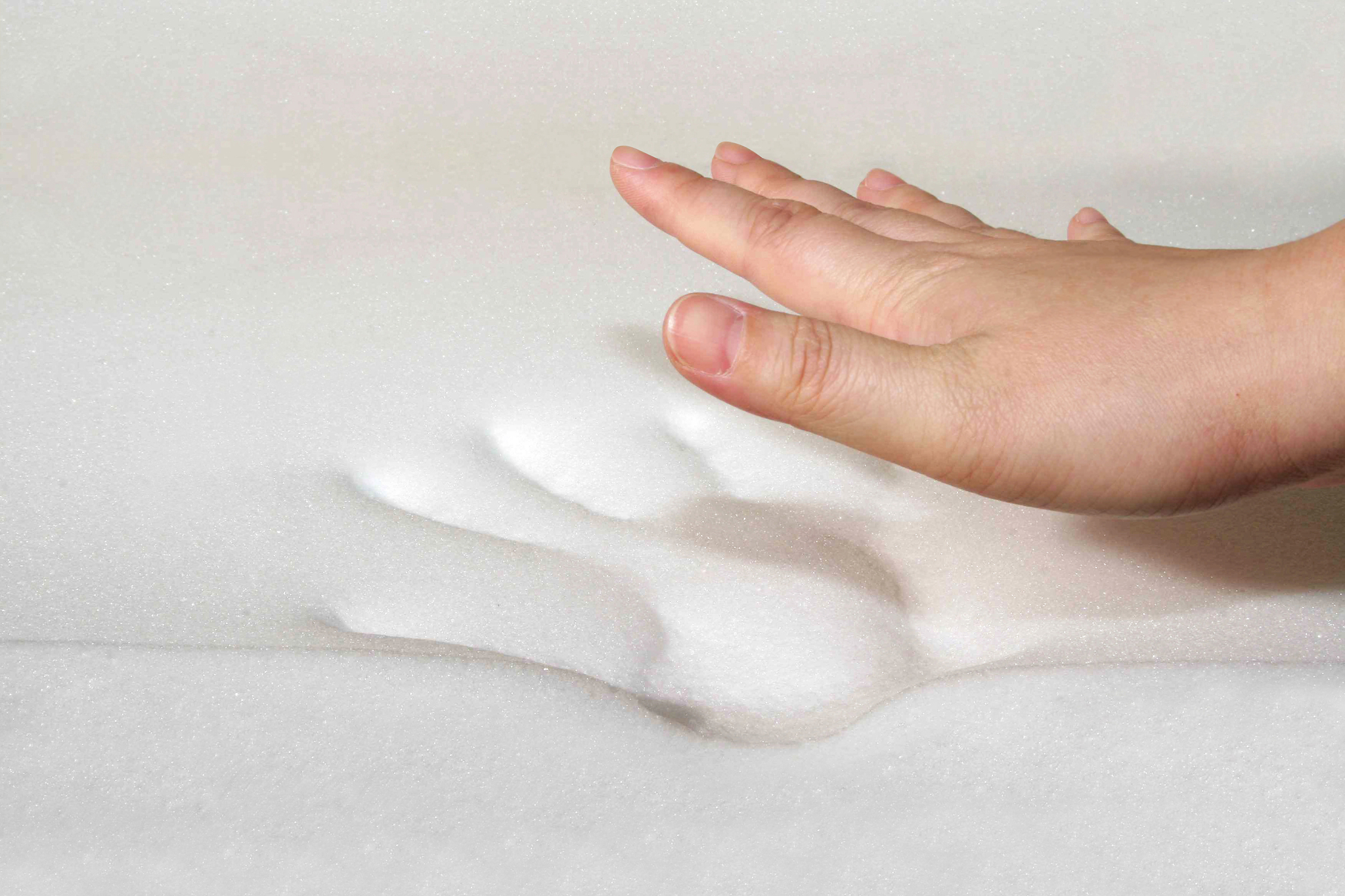
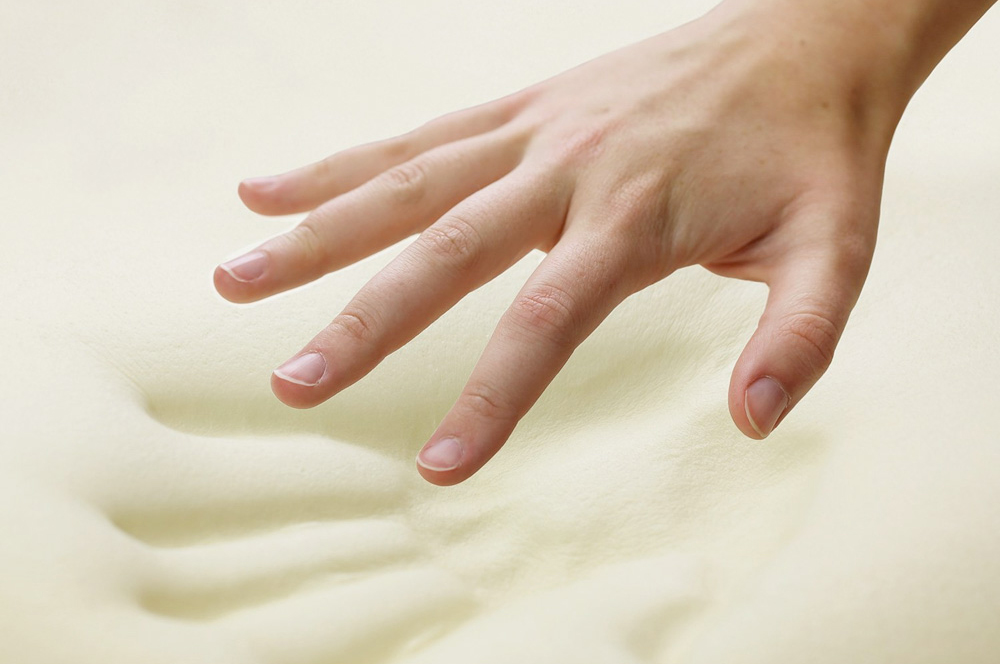


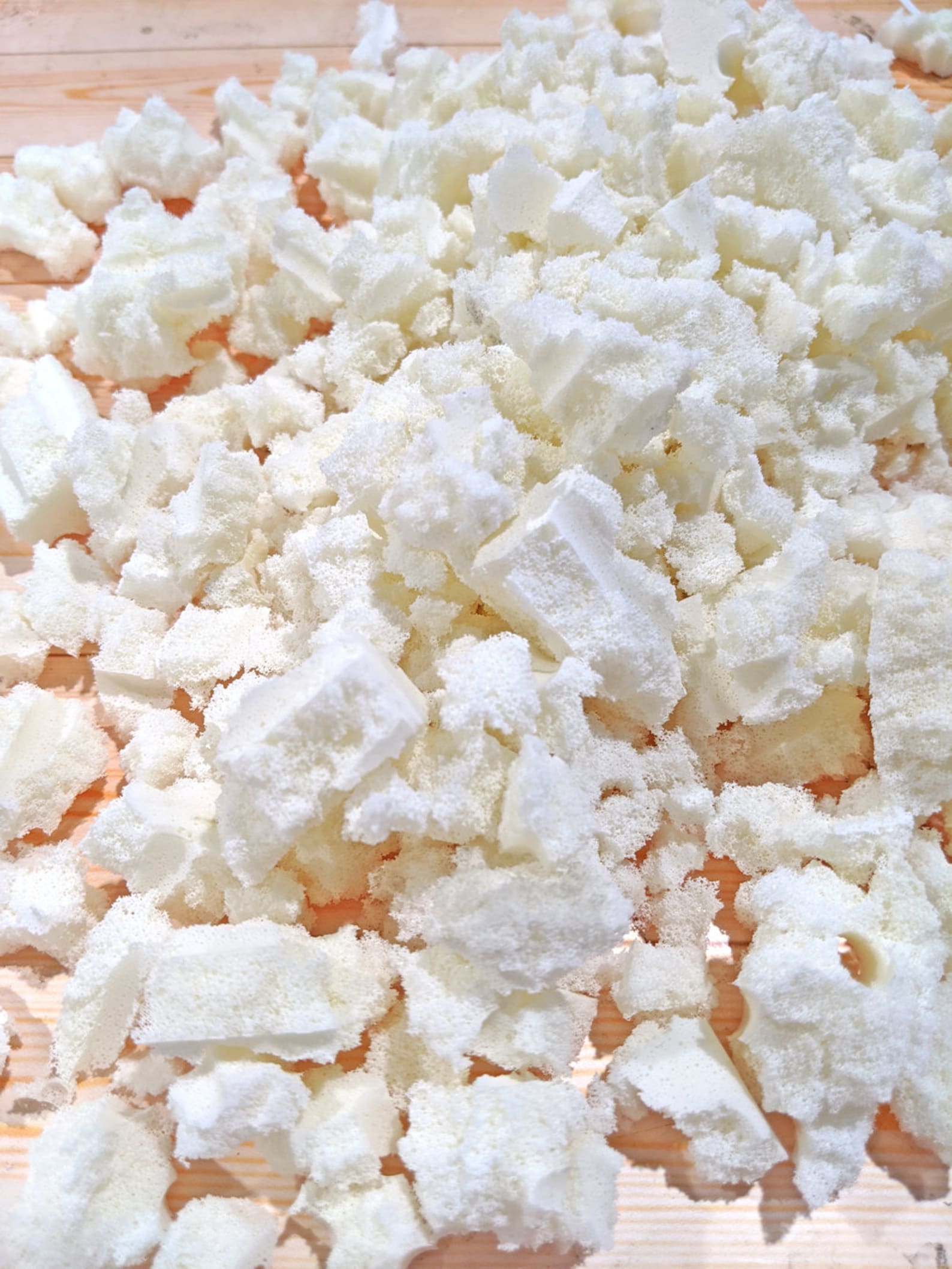


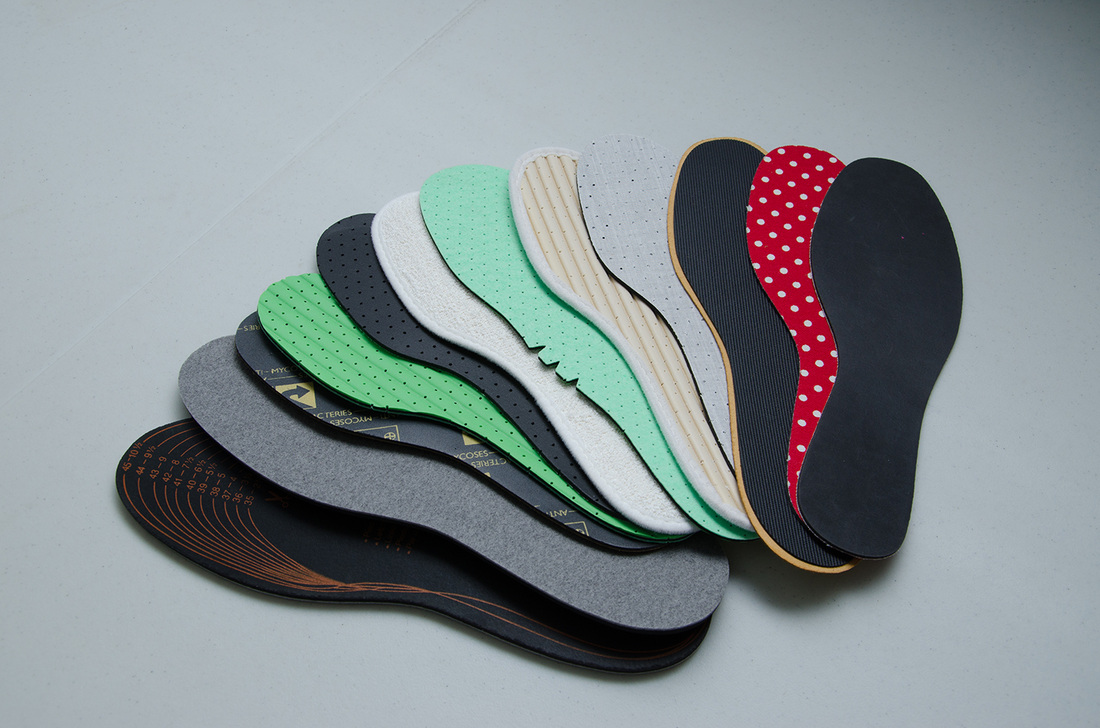
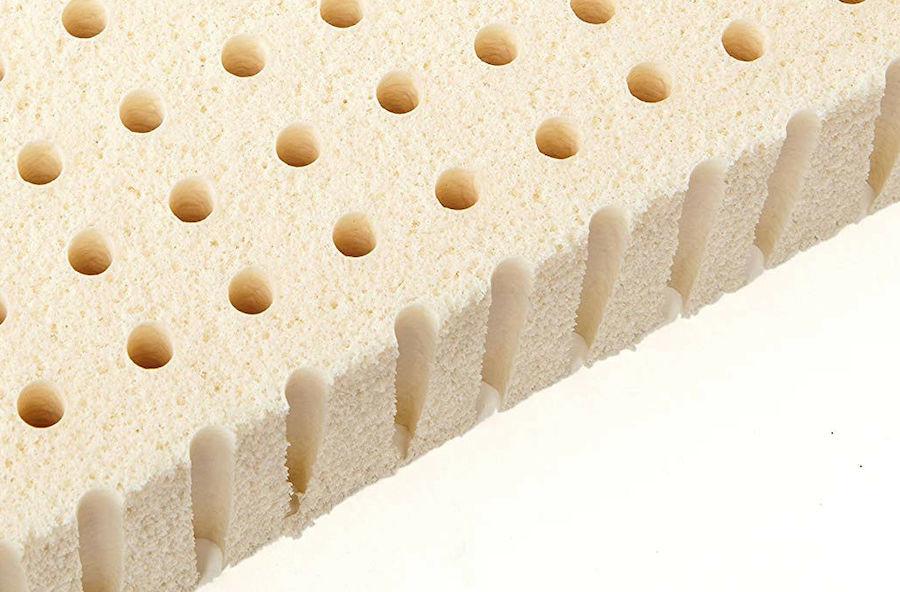
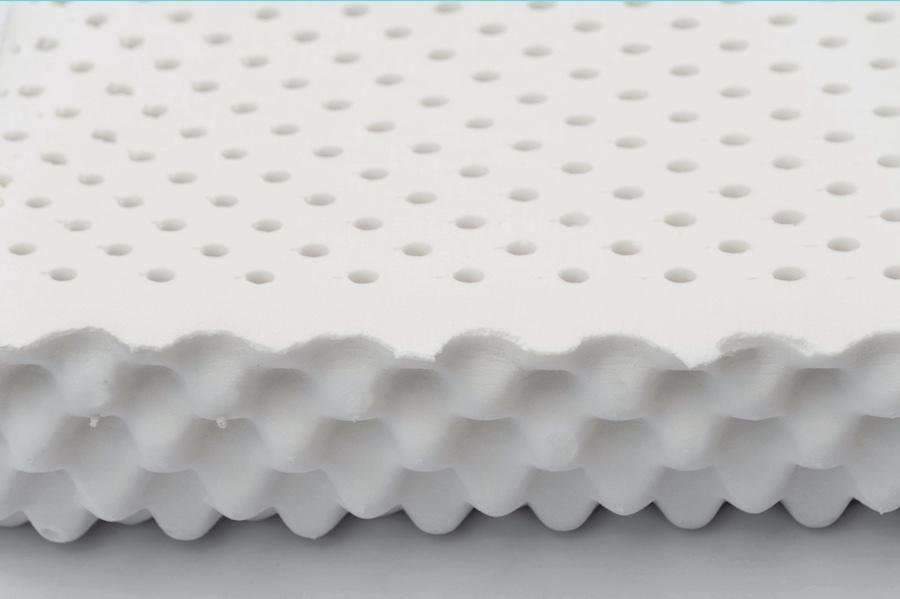
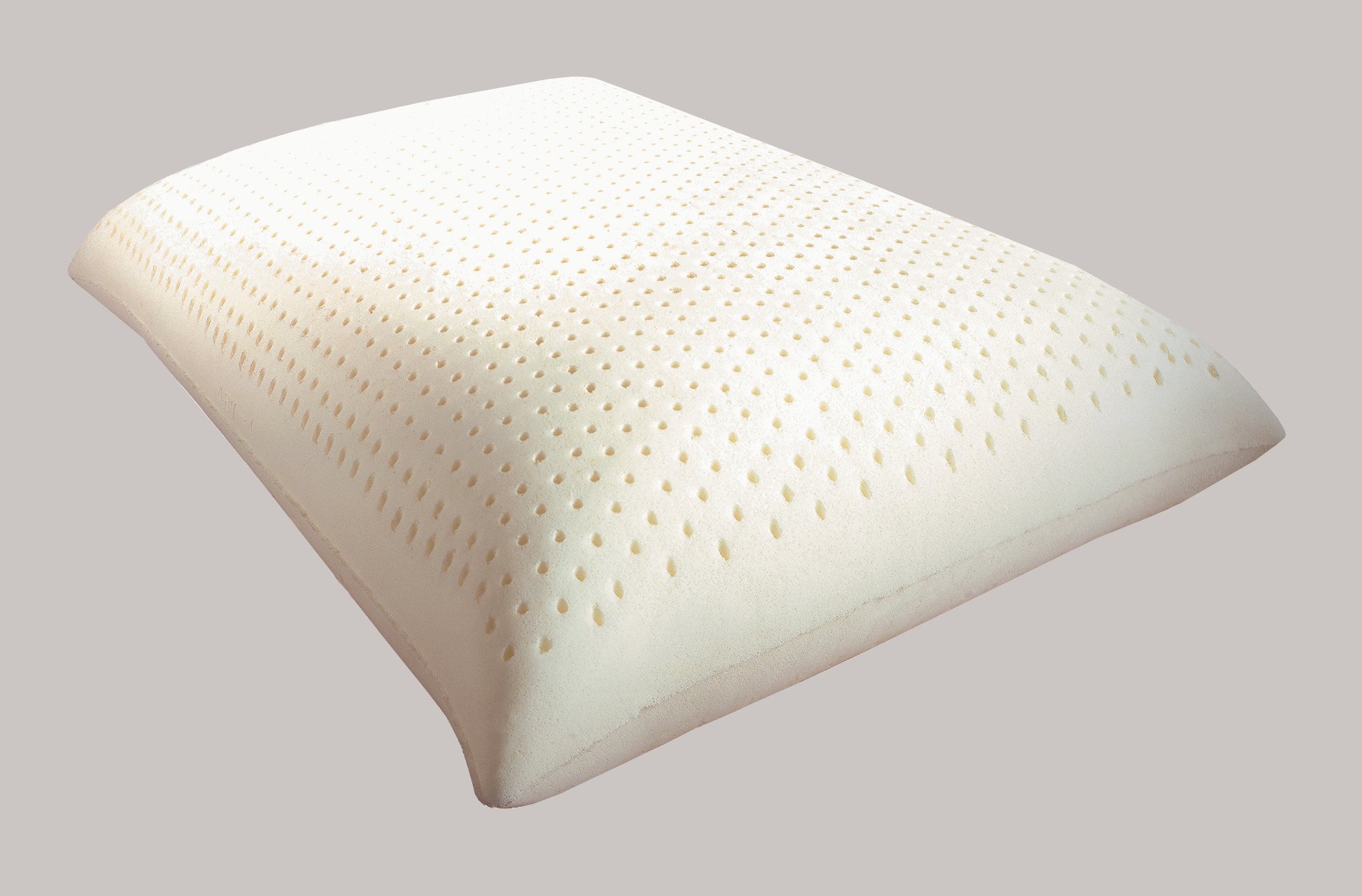
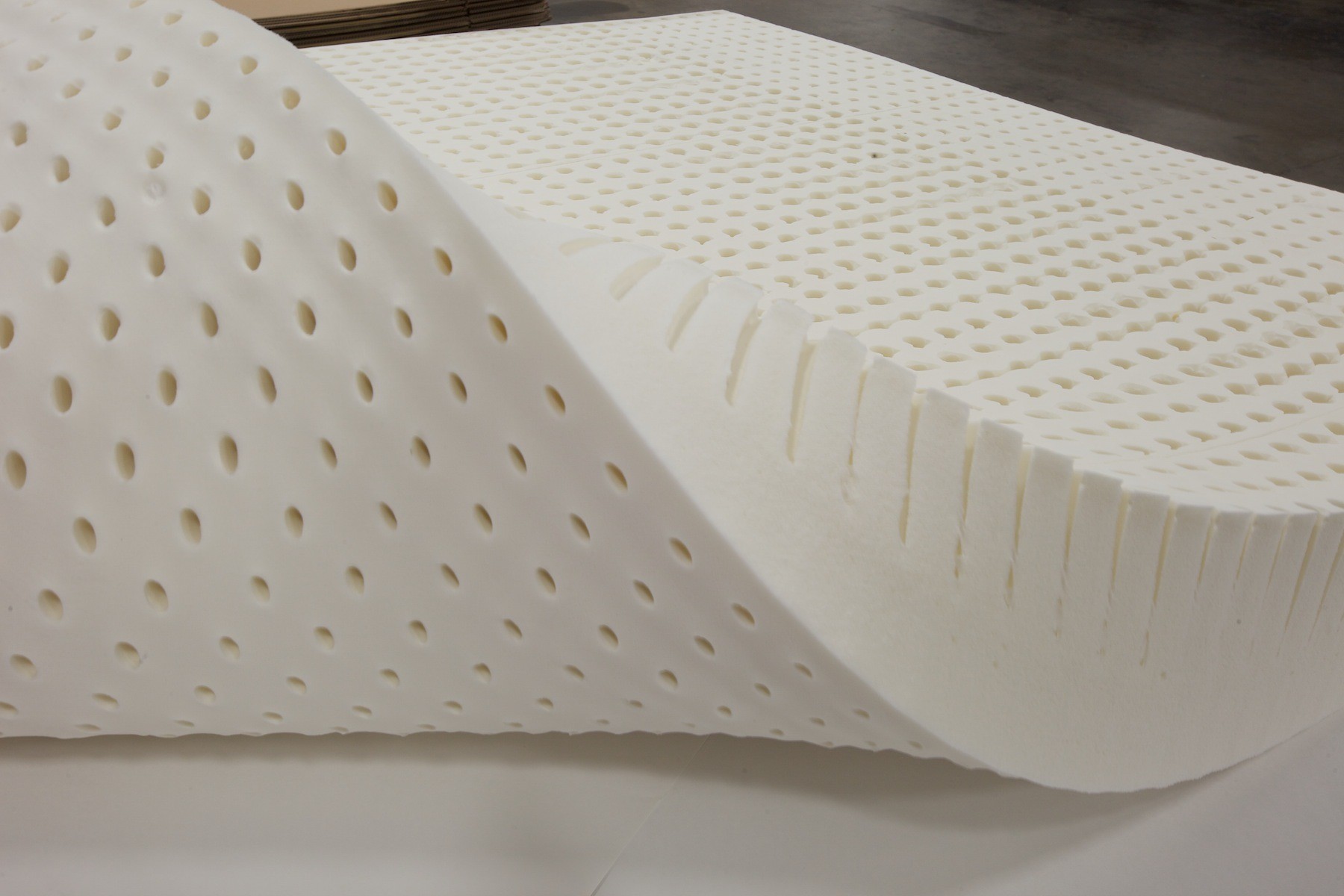


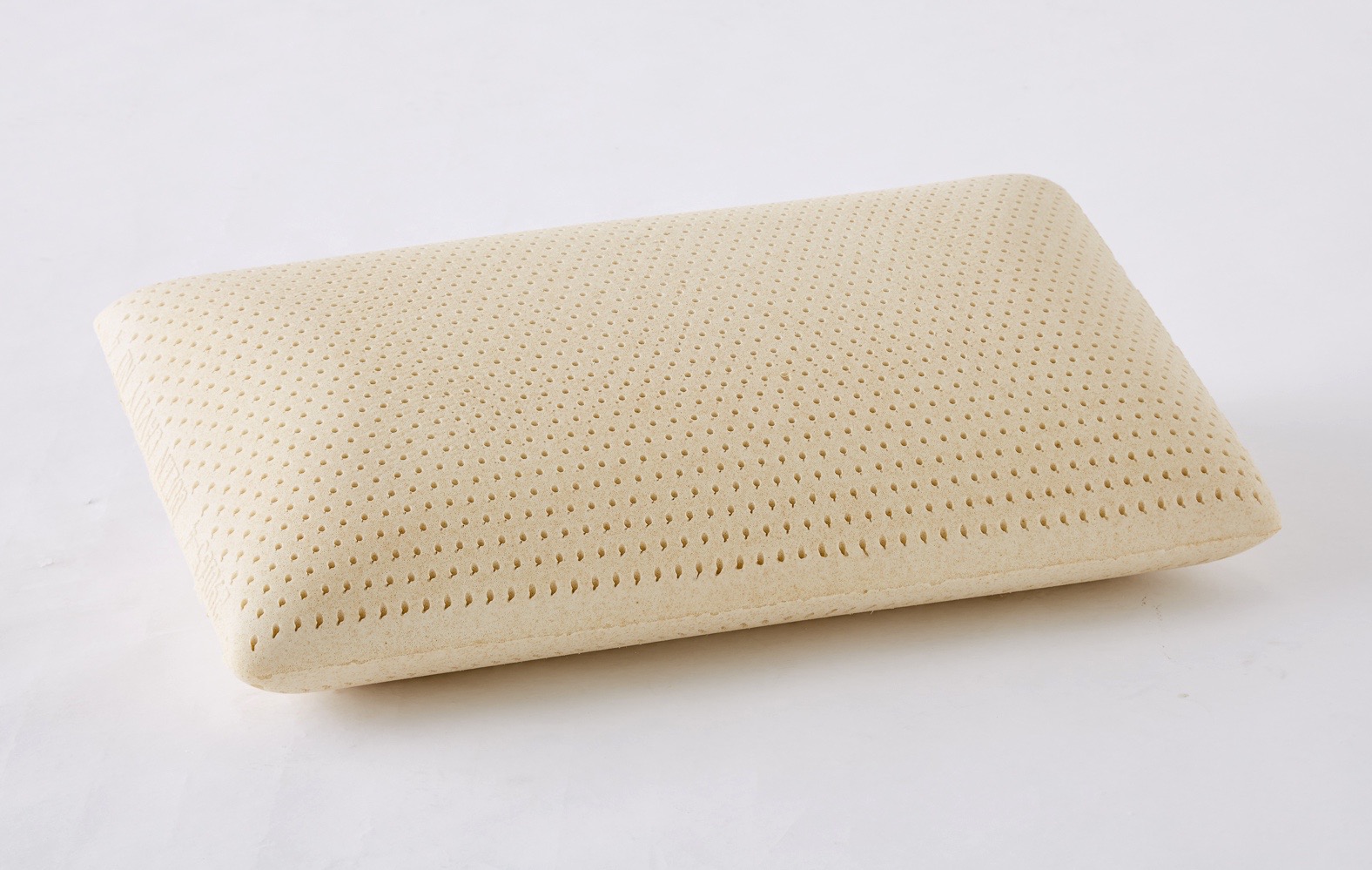




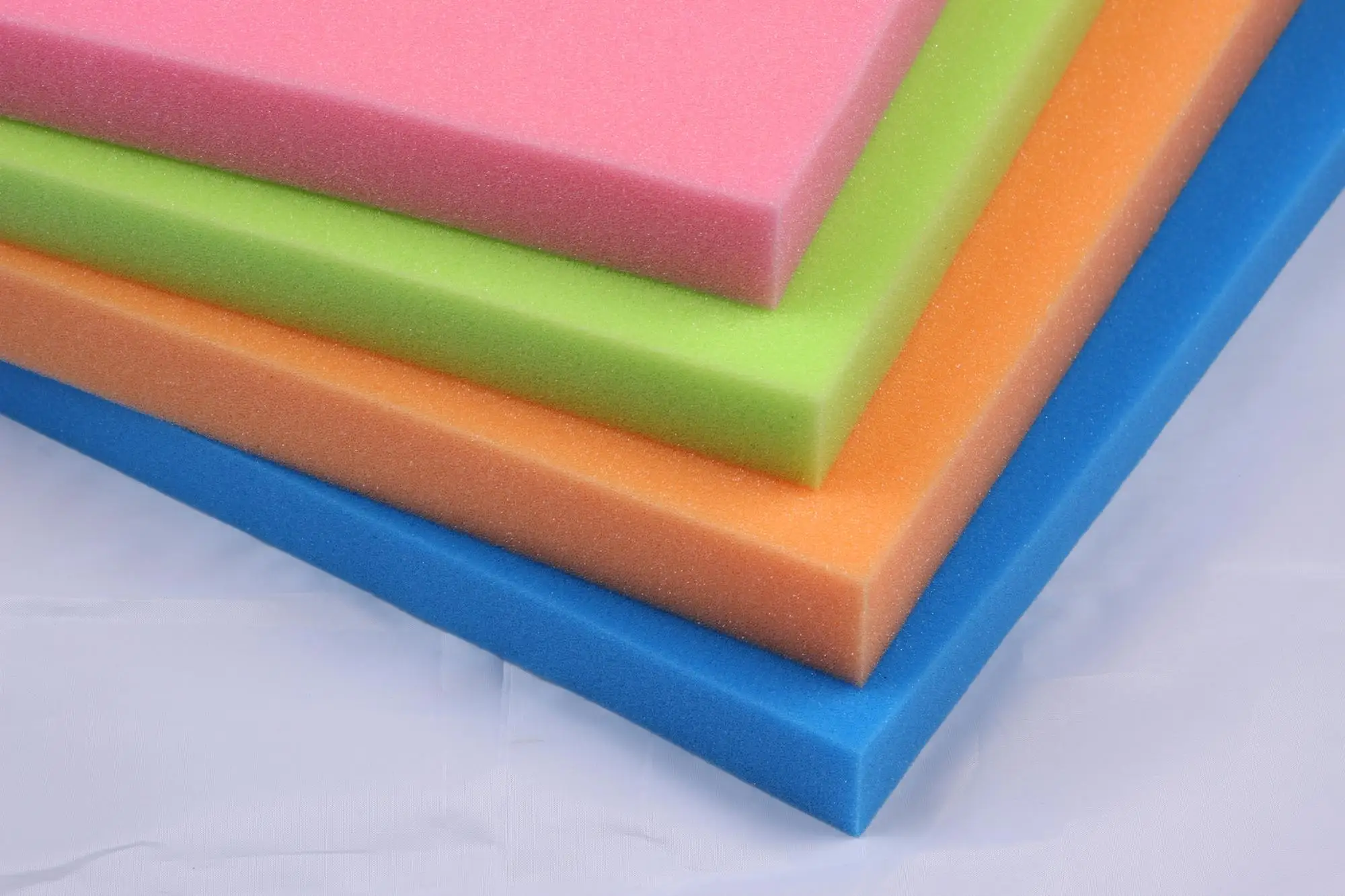

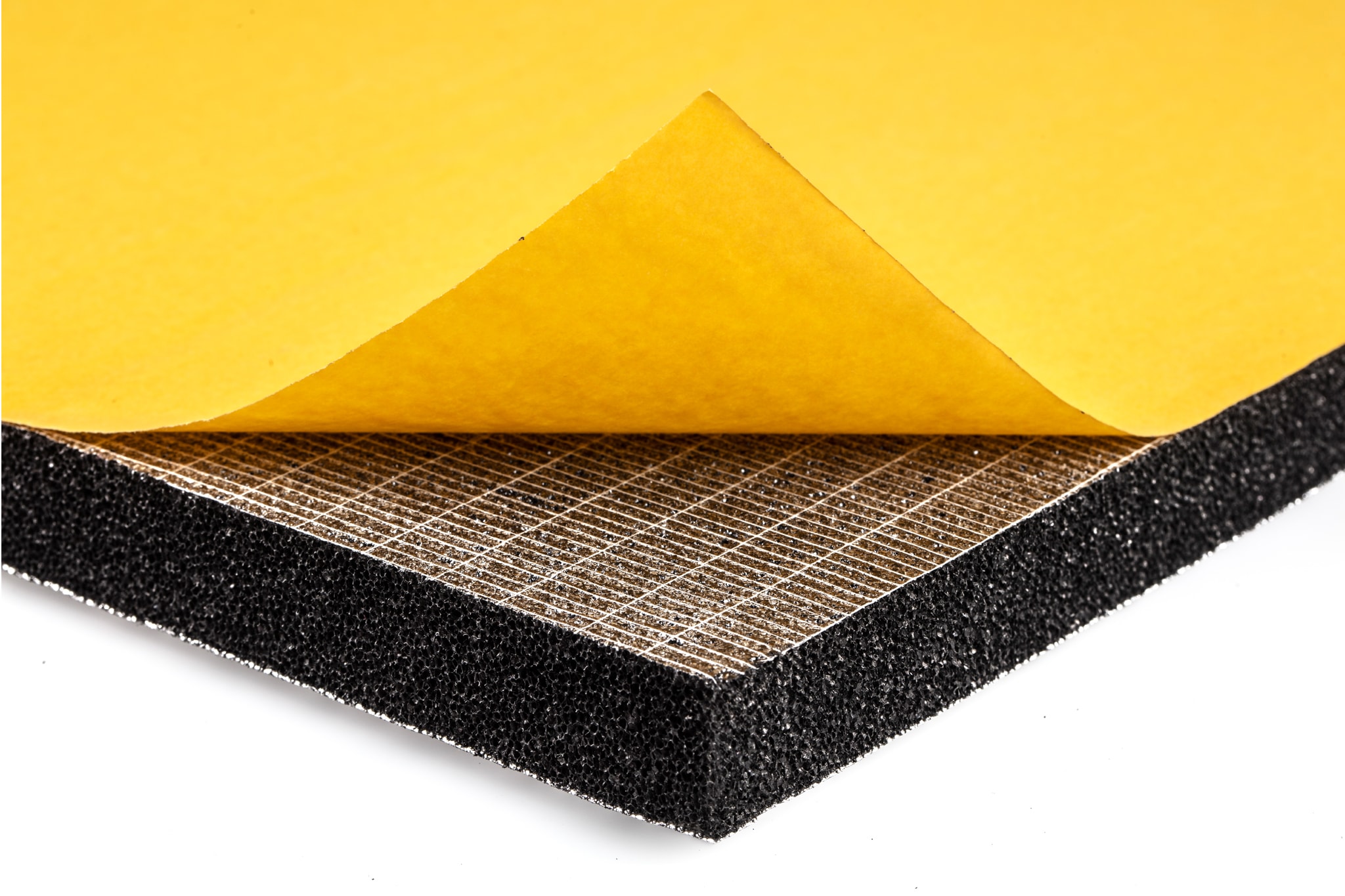


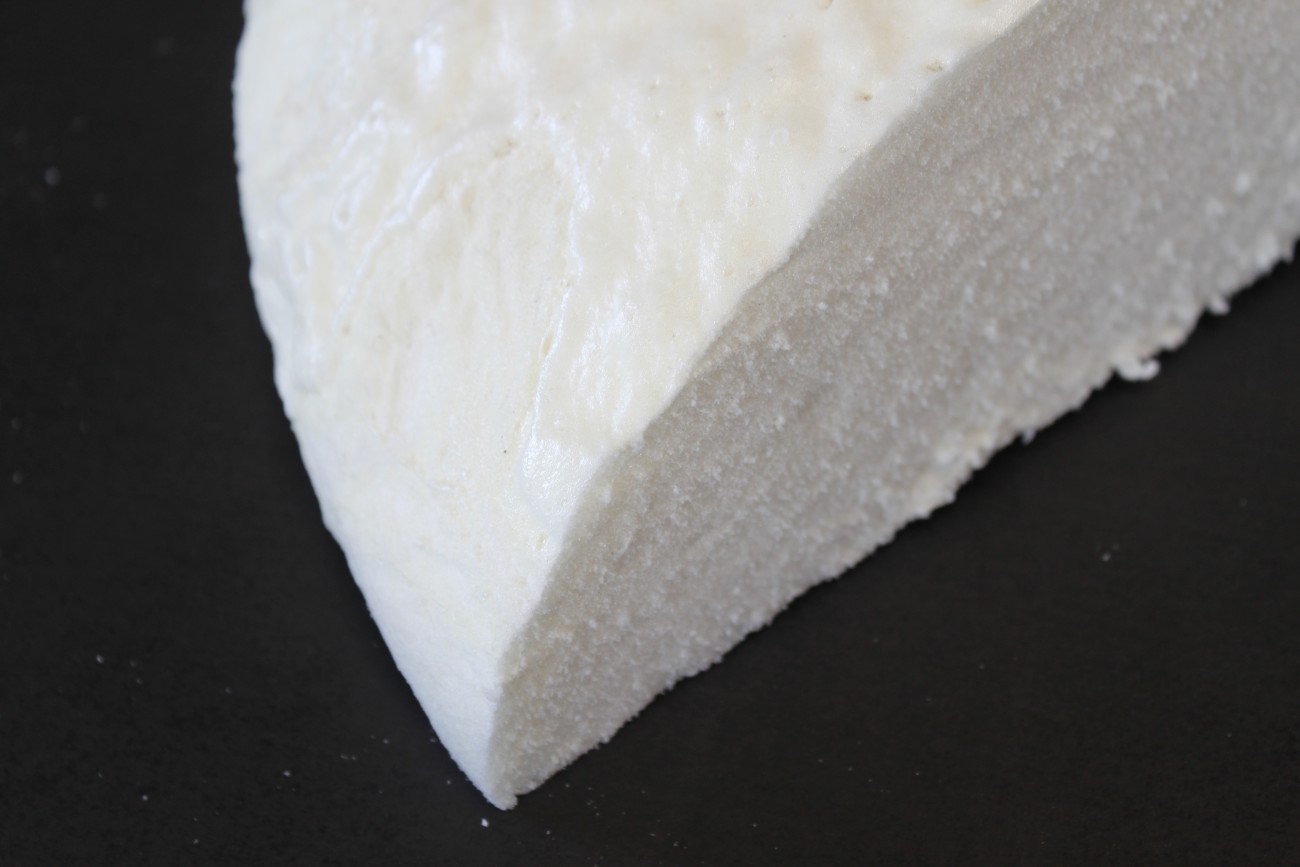
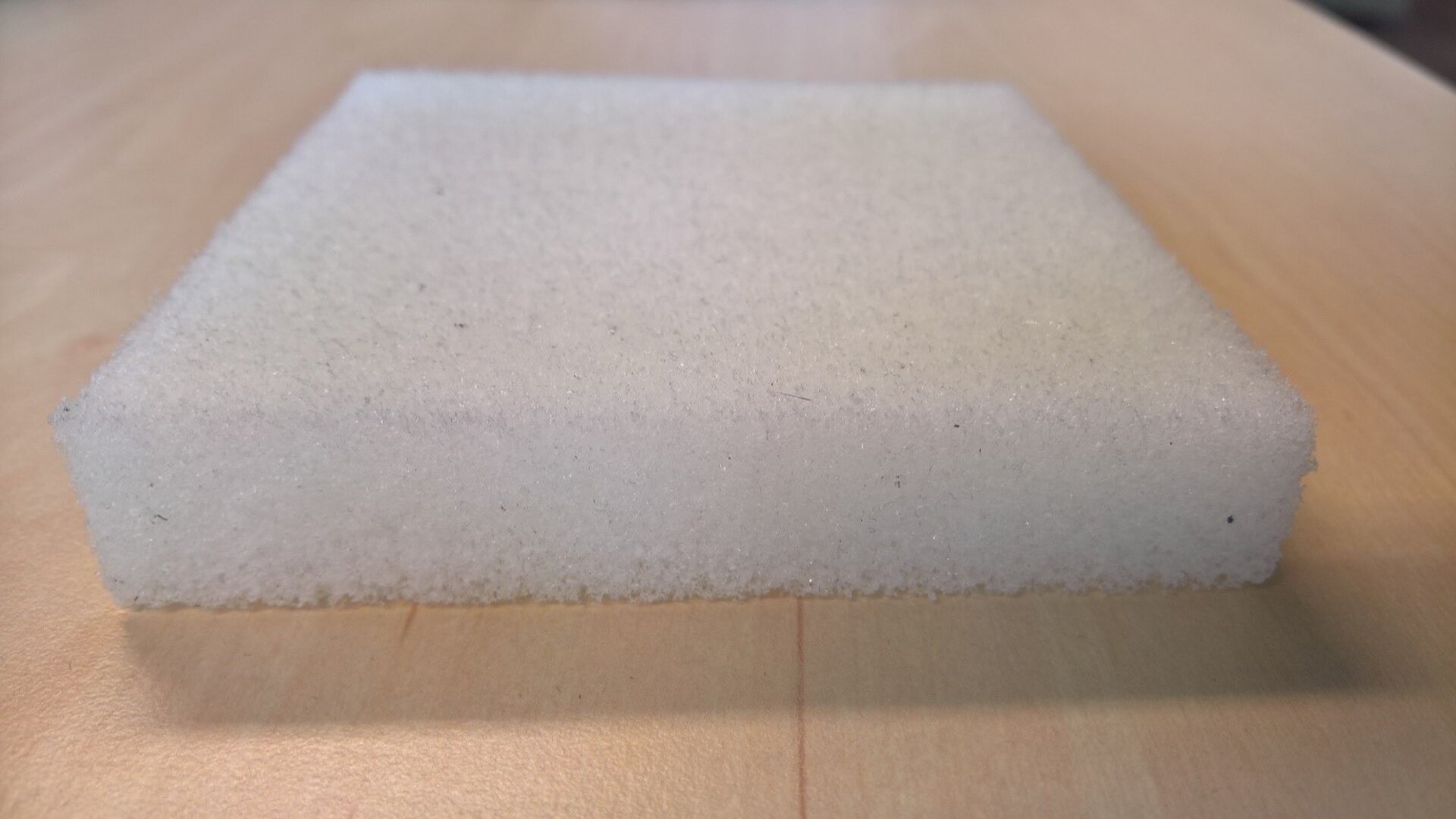
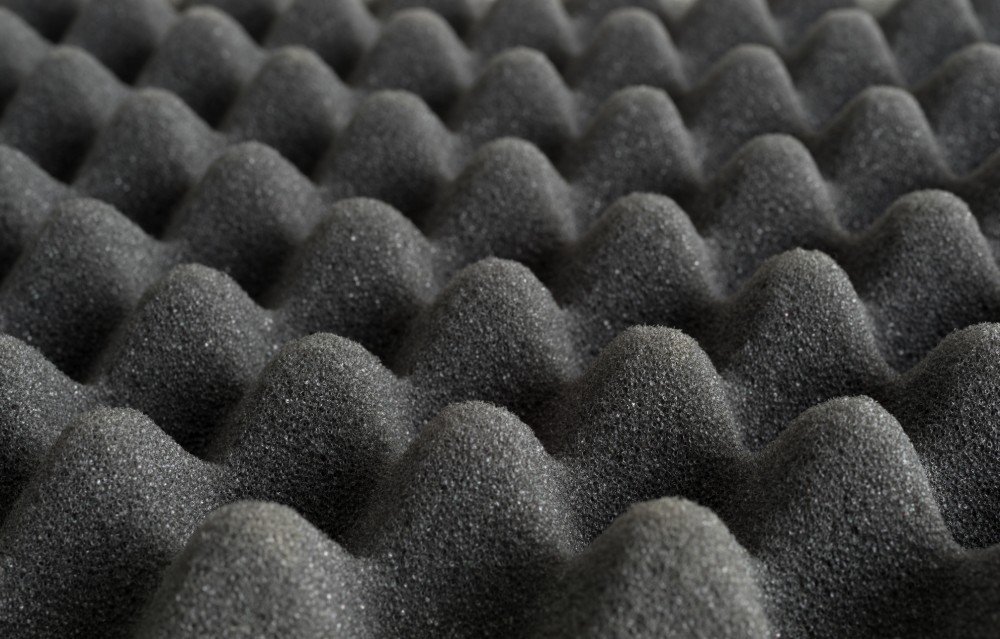

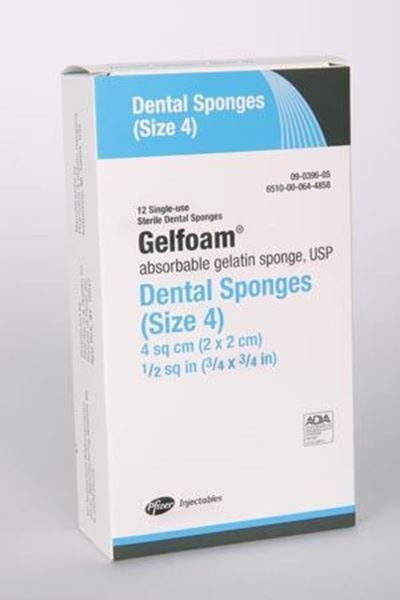
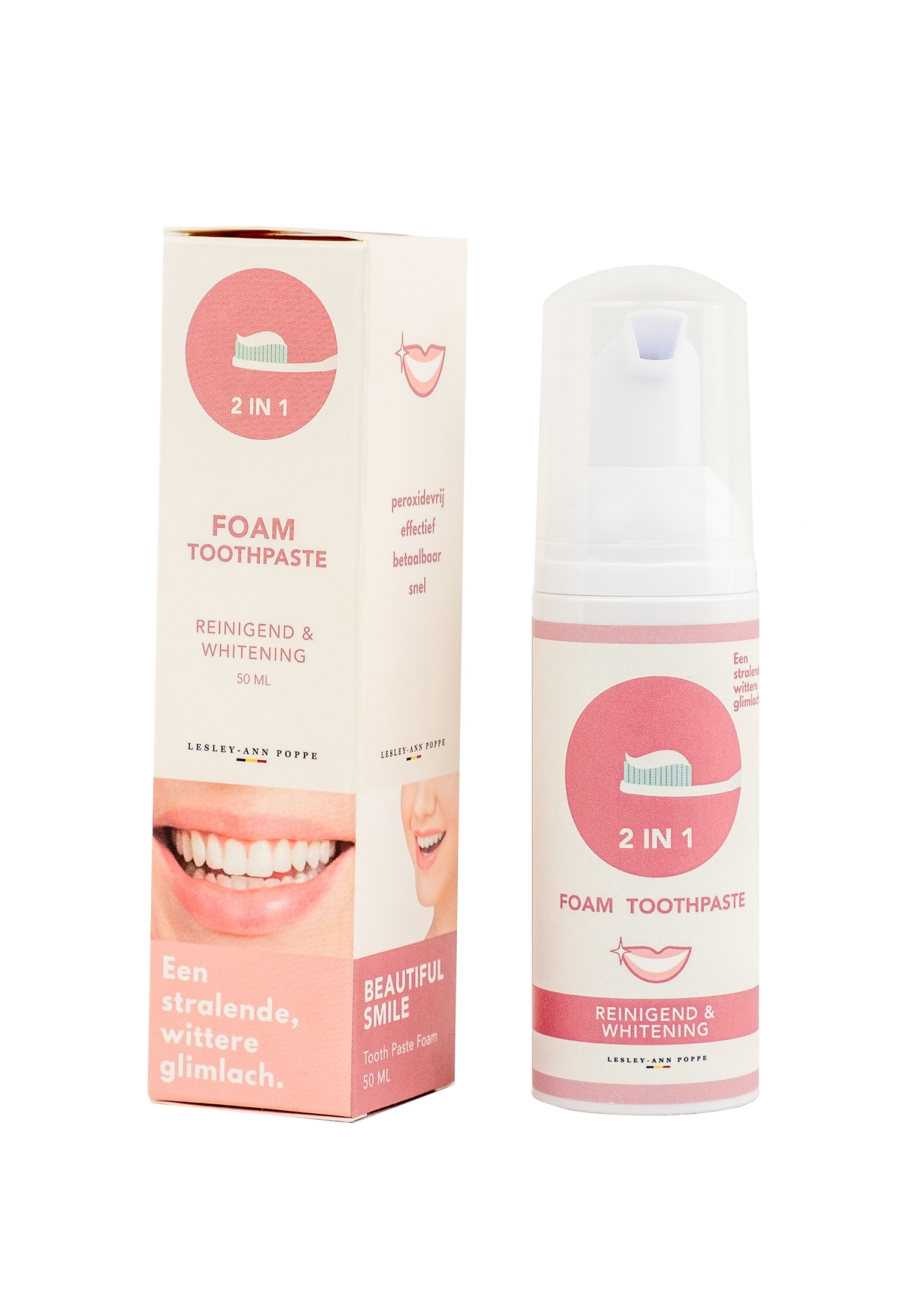
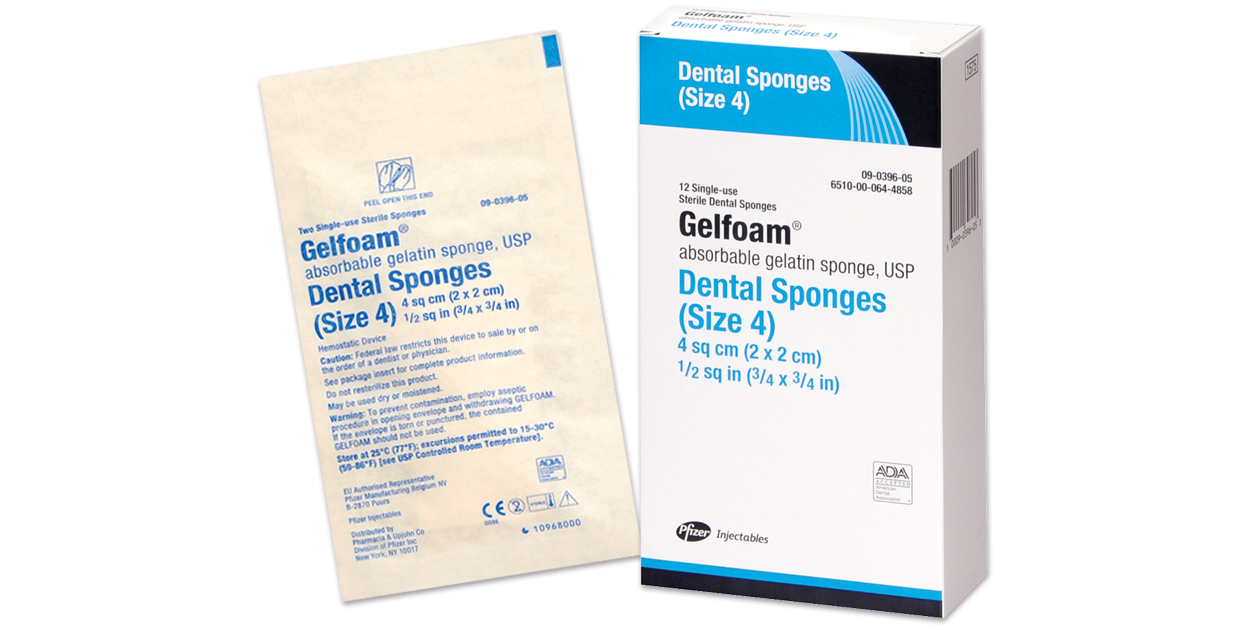






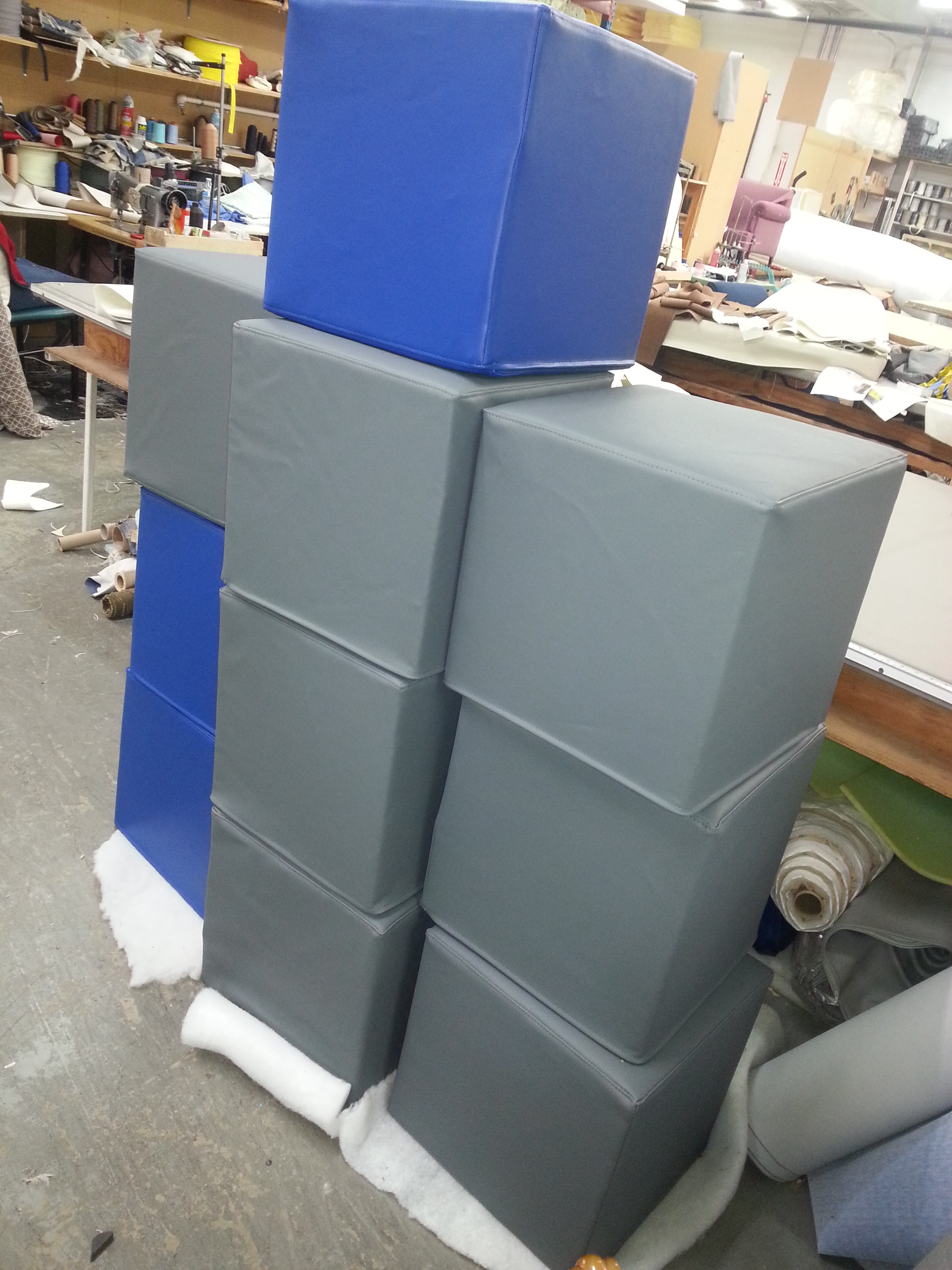
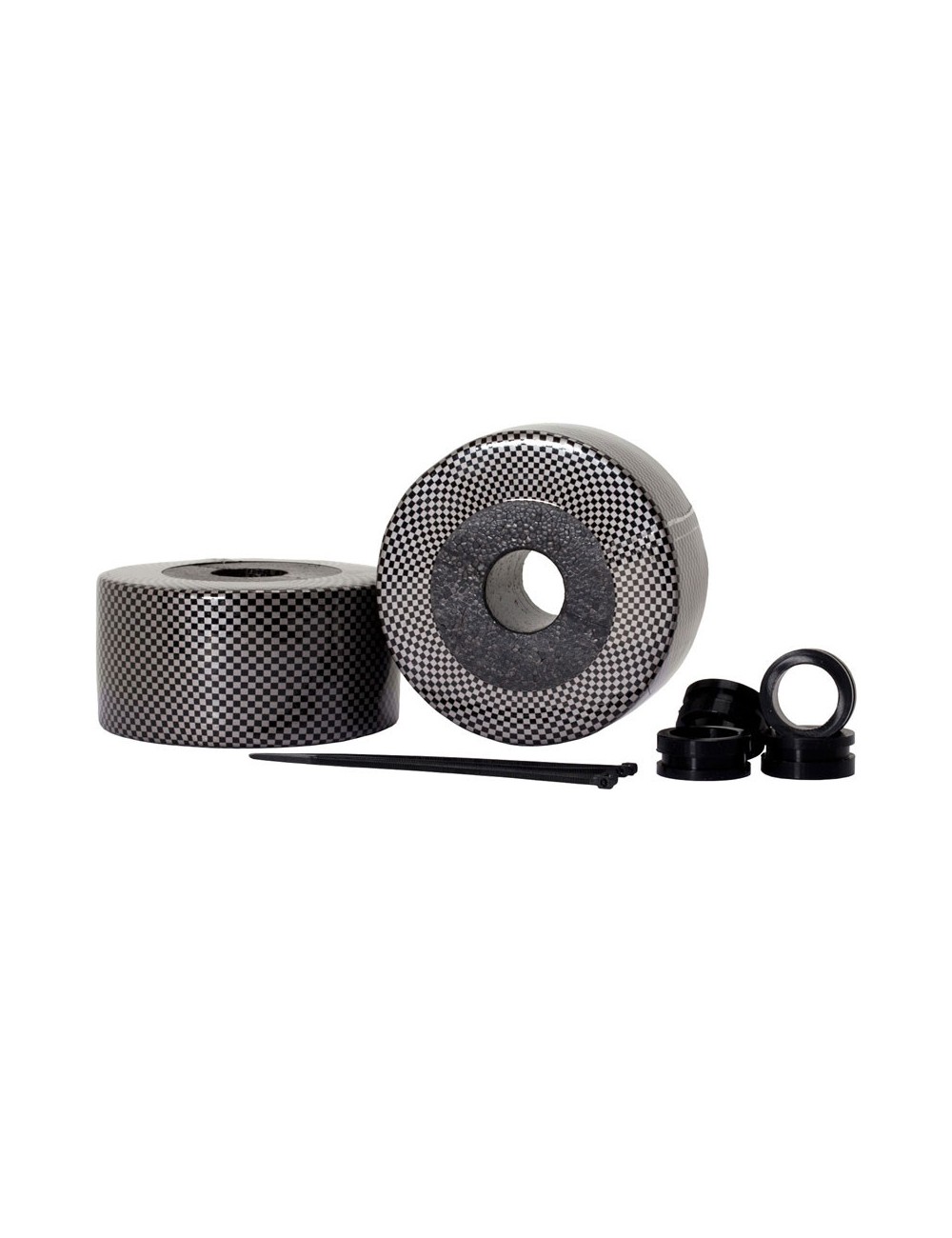



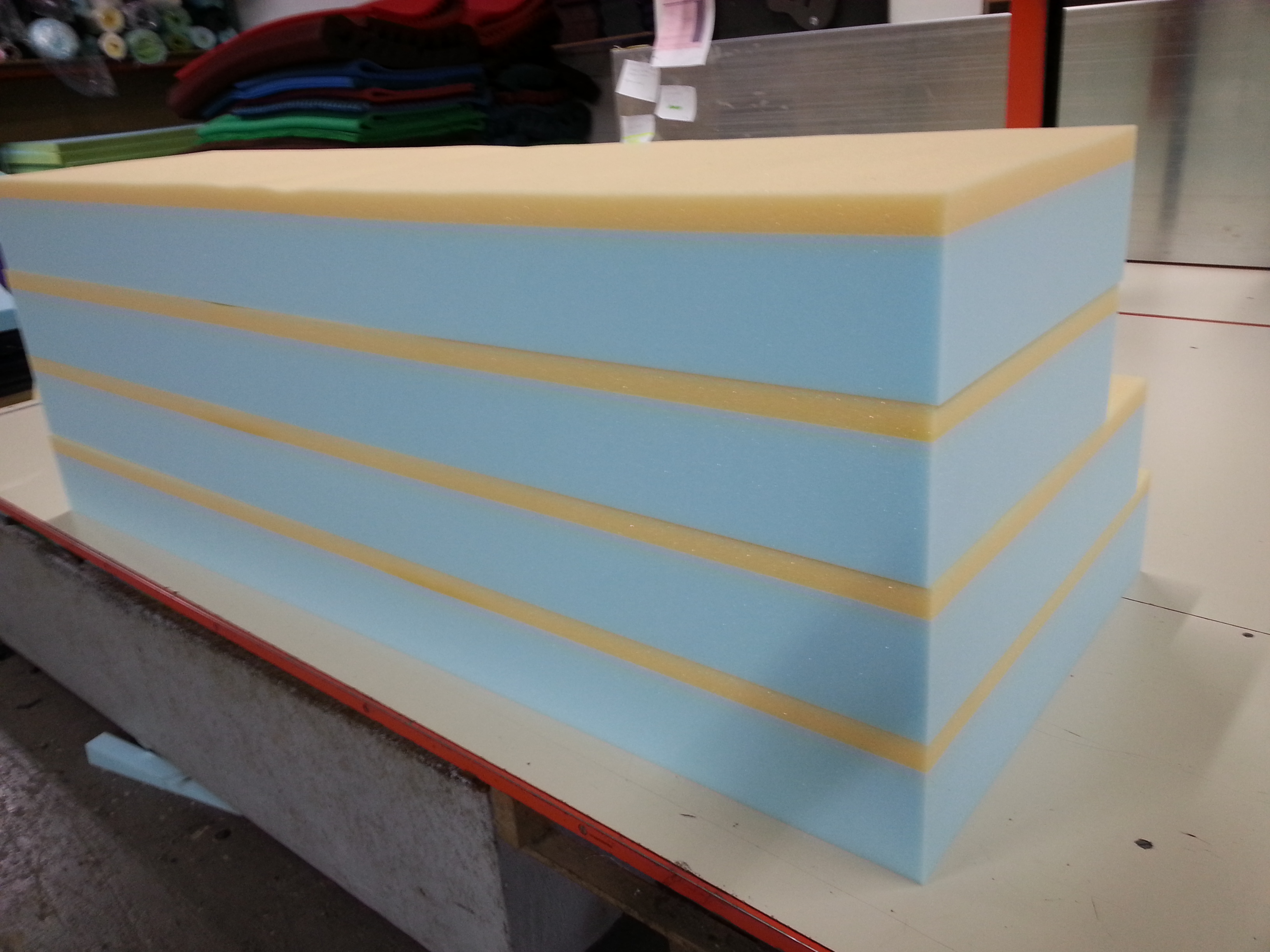


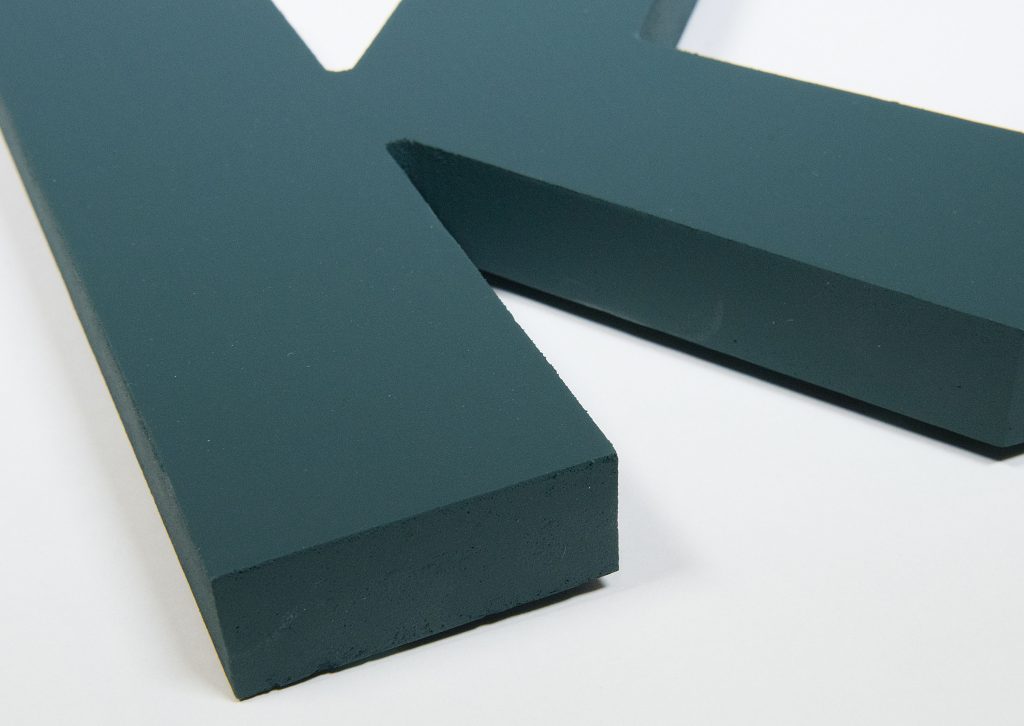




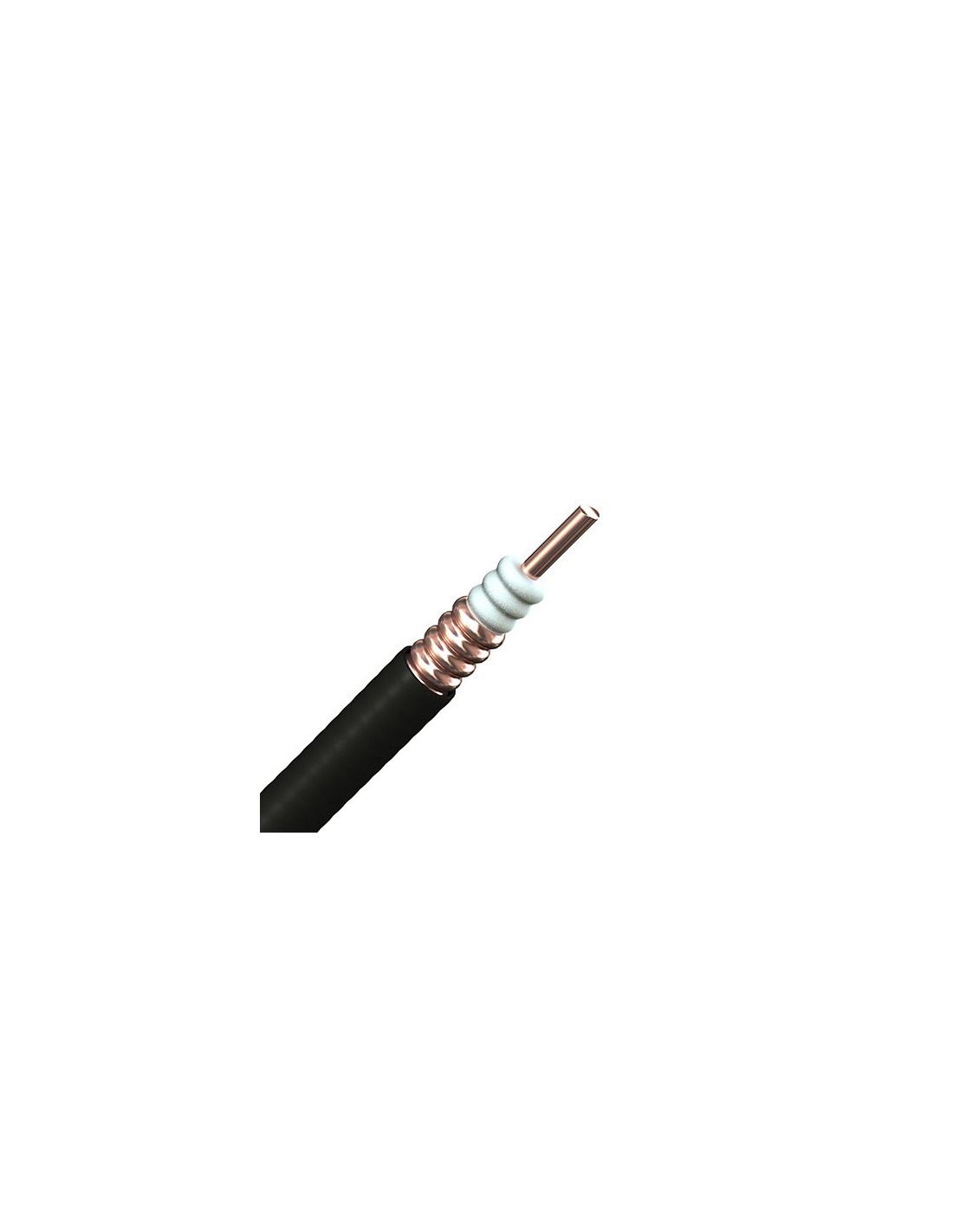
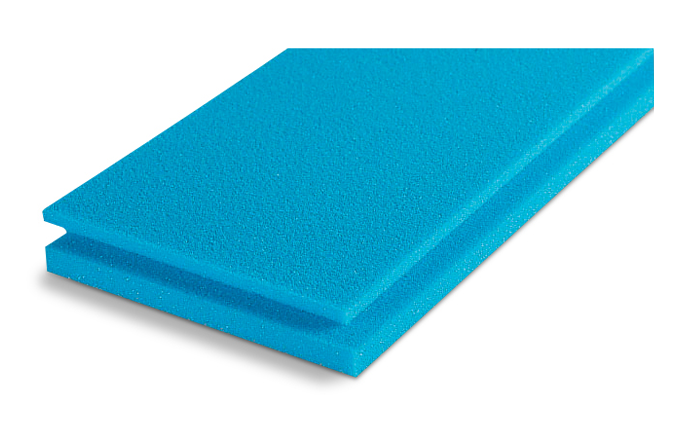
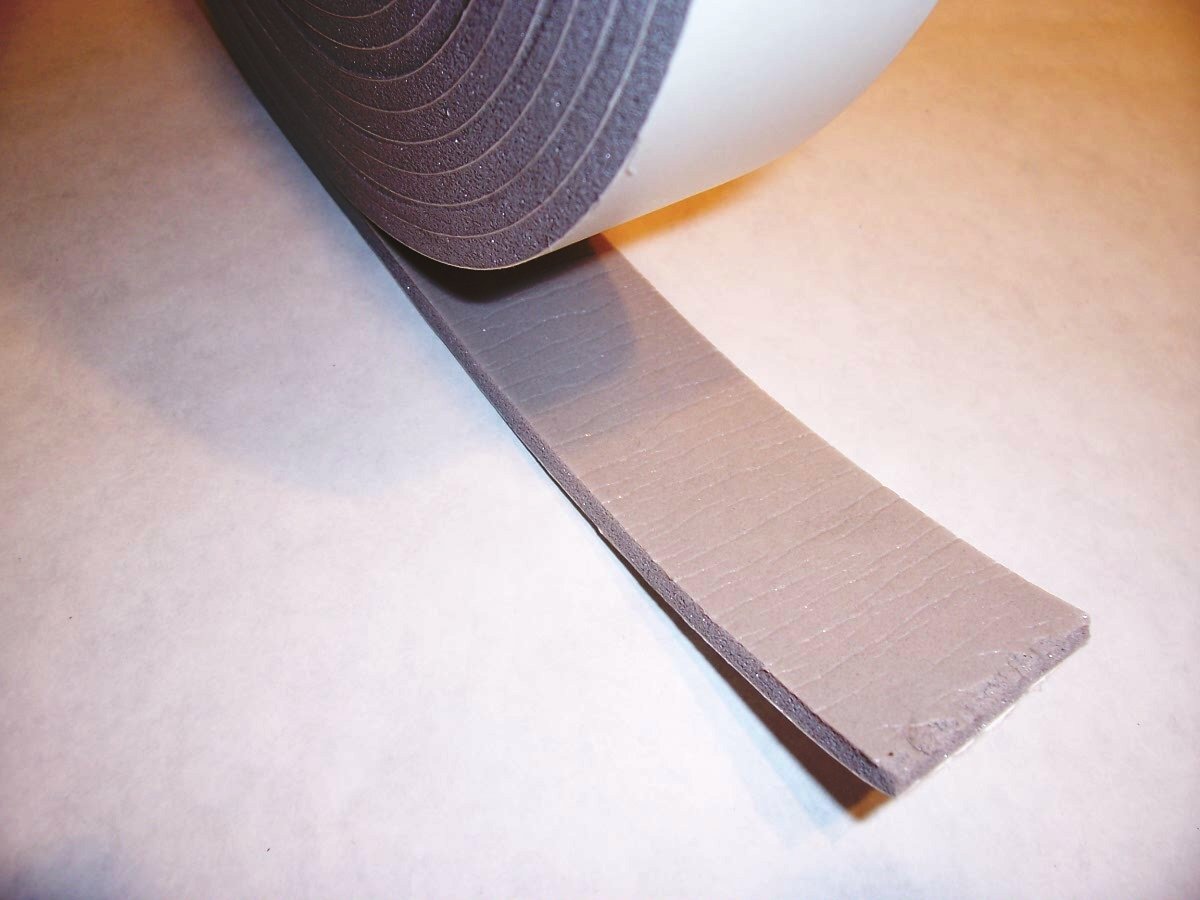
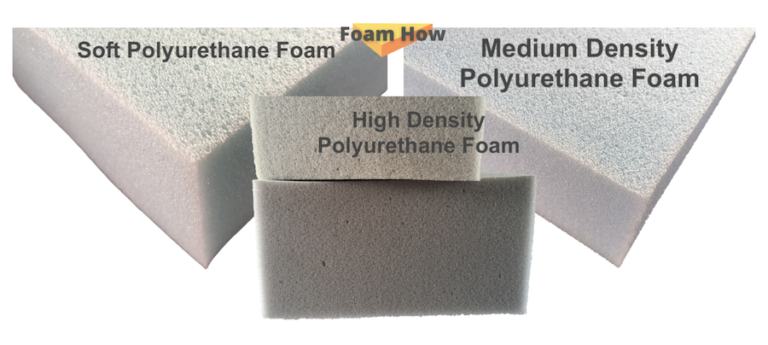

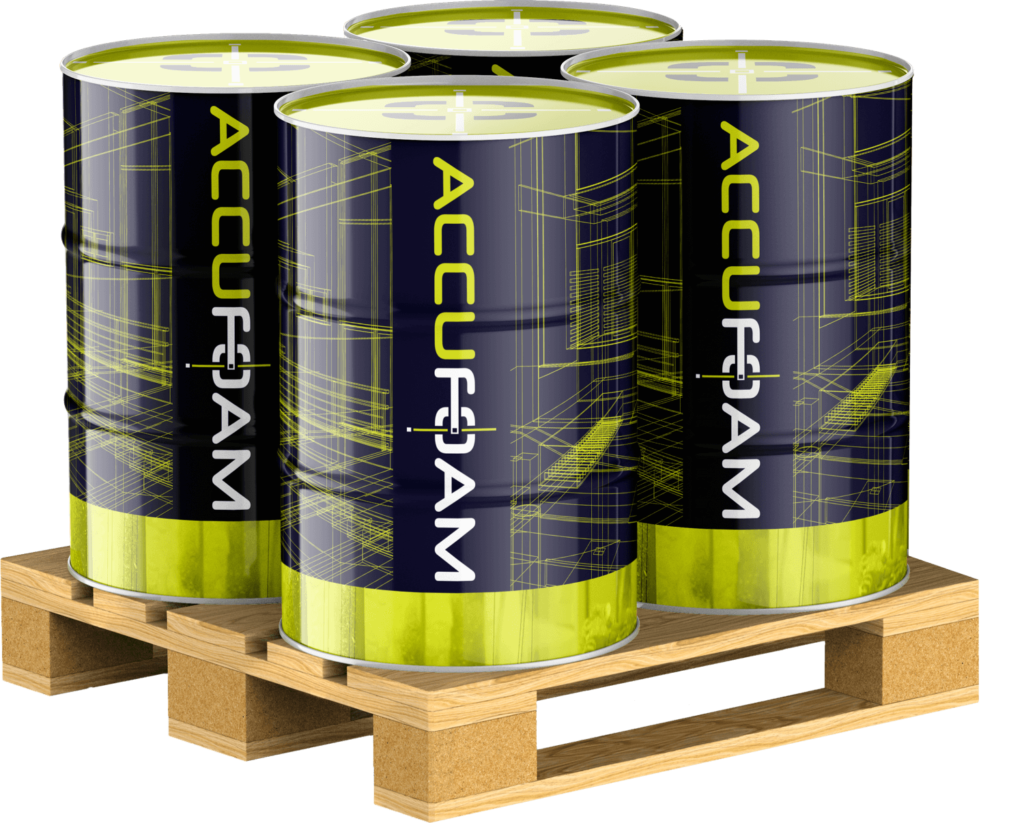

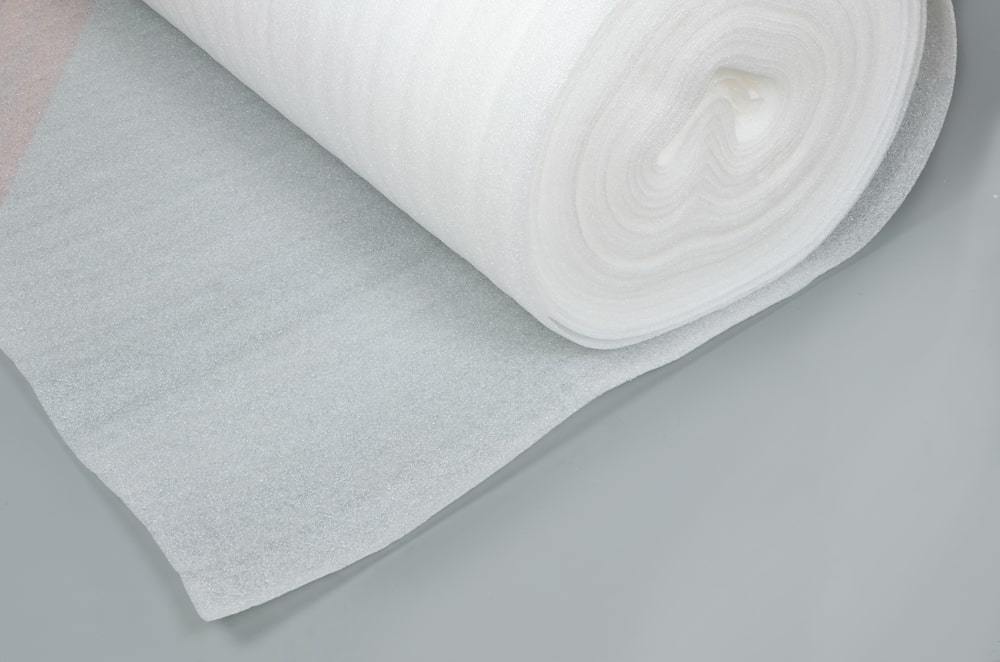


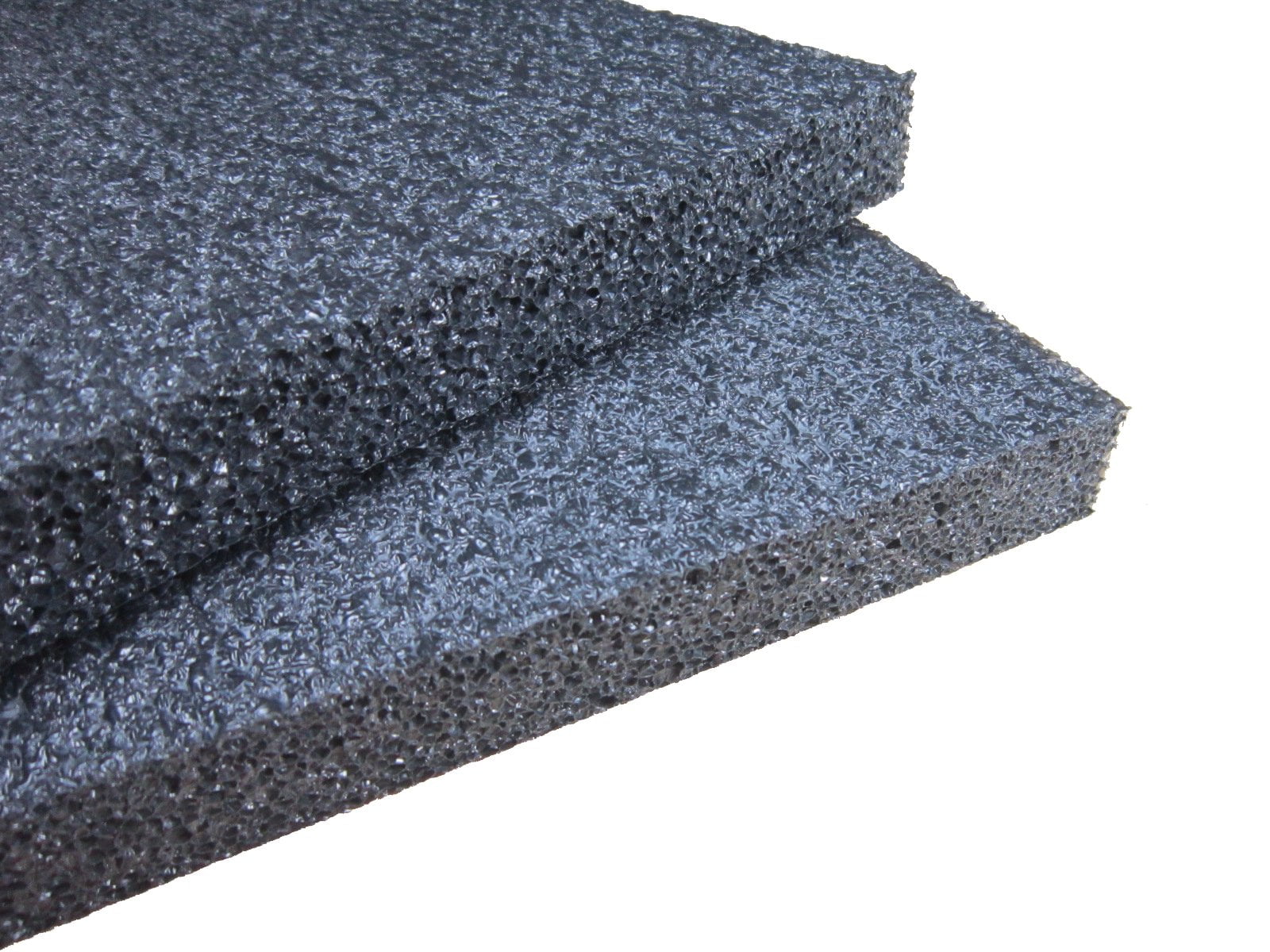




/small-living-room-ideas-4129044-hero-25cff5d762a94ccba3472eaca79e56cb.jpg)
